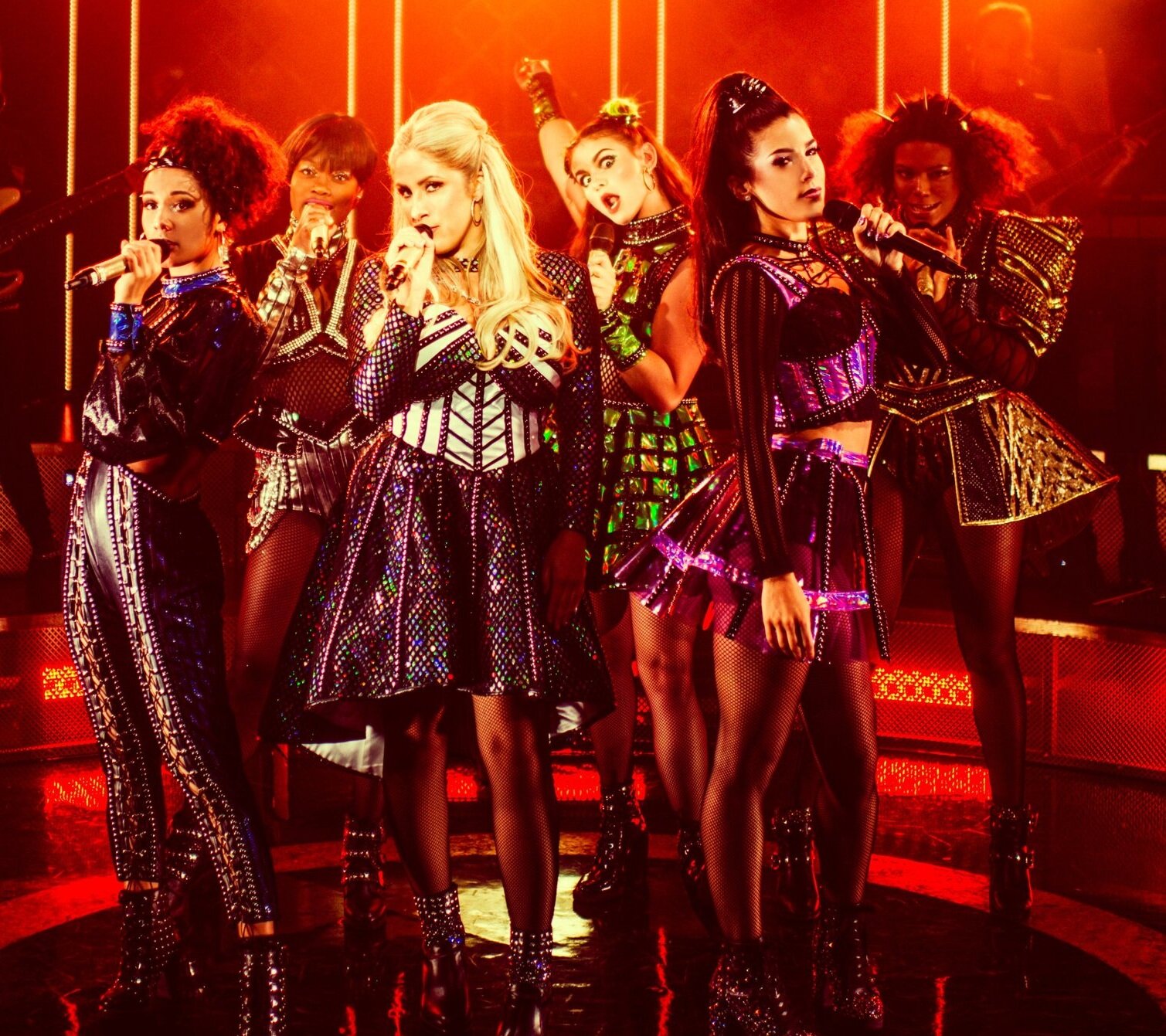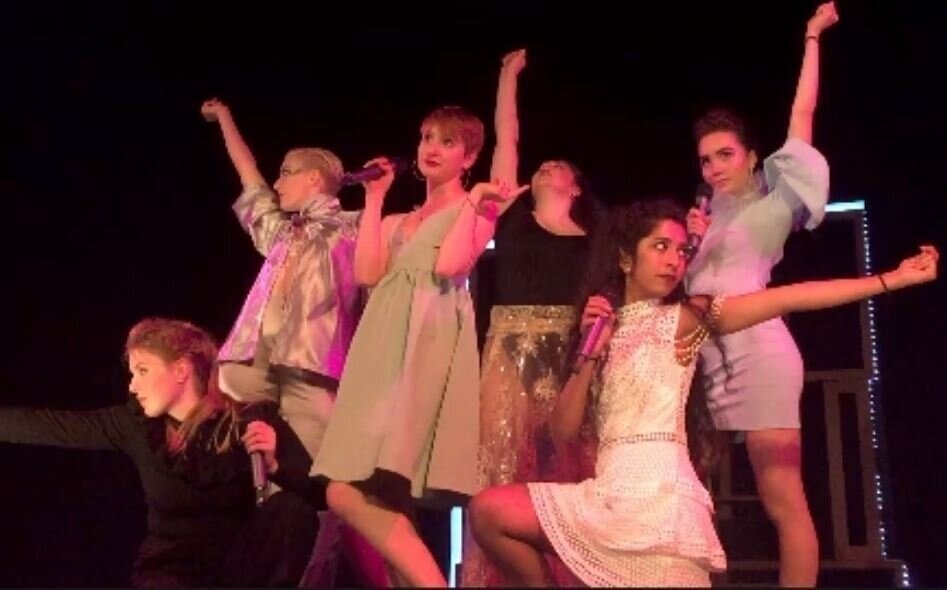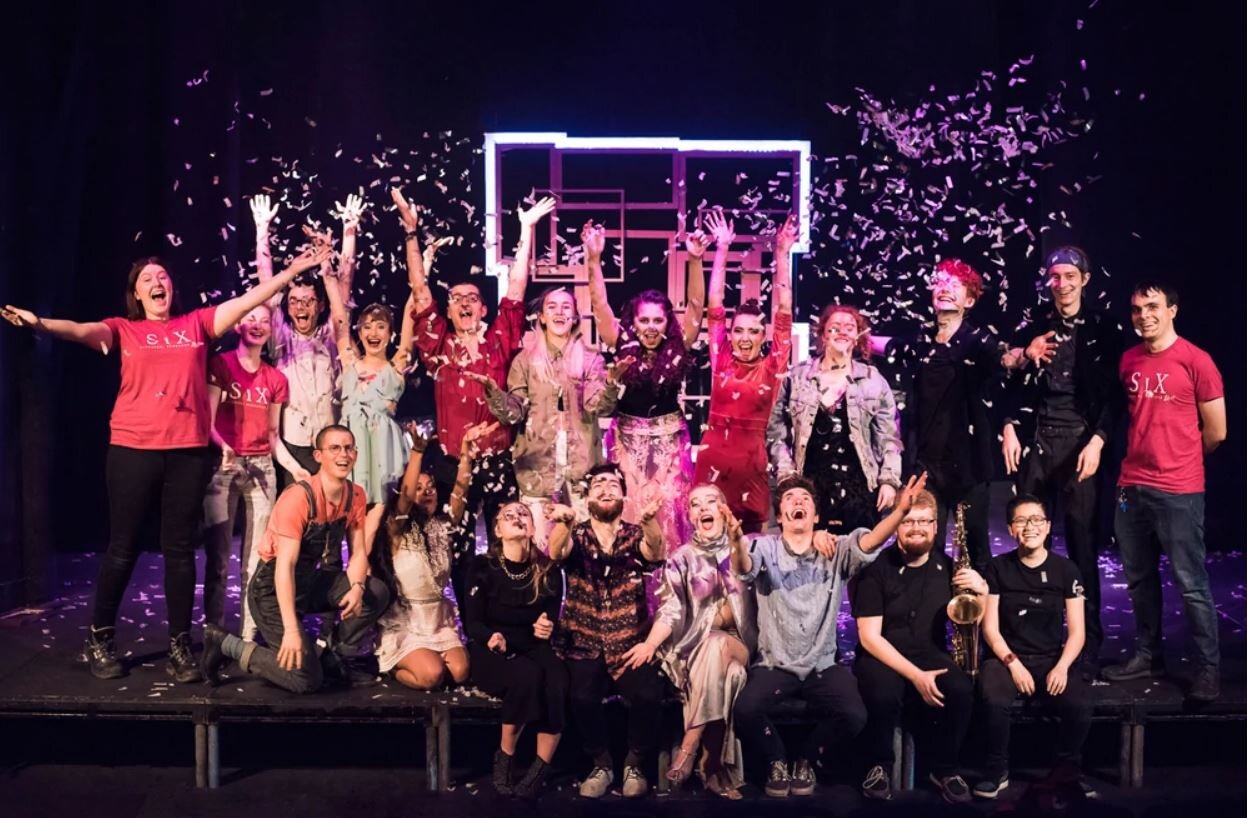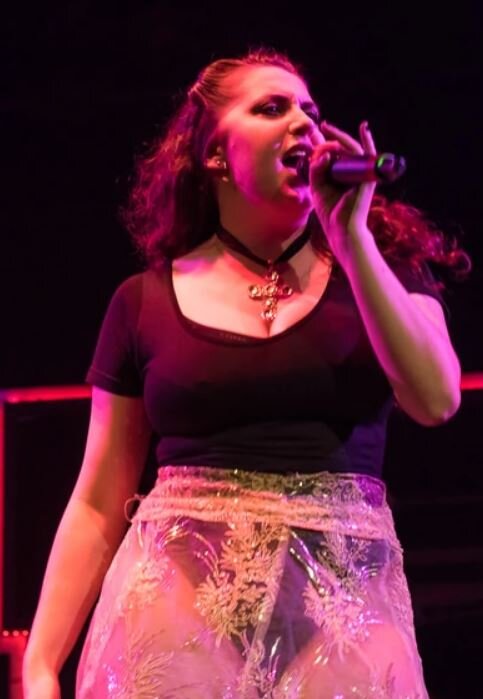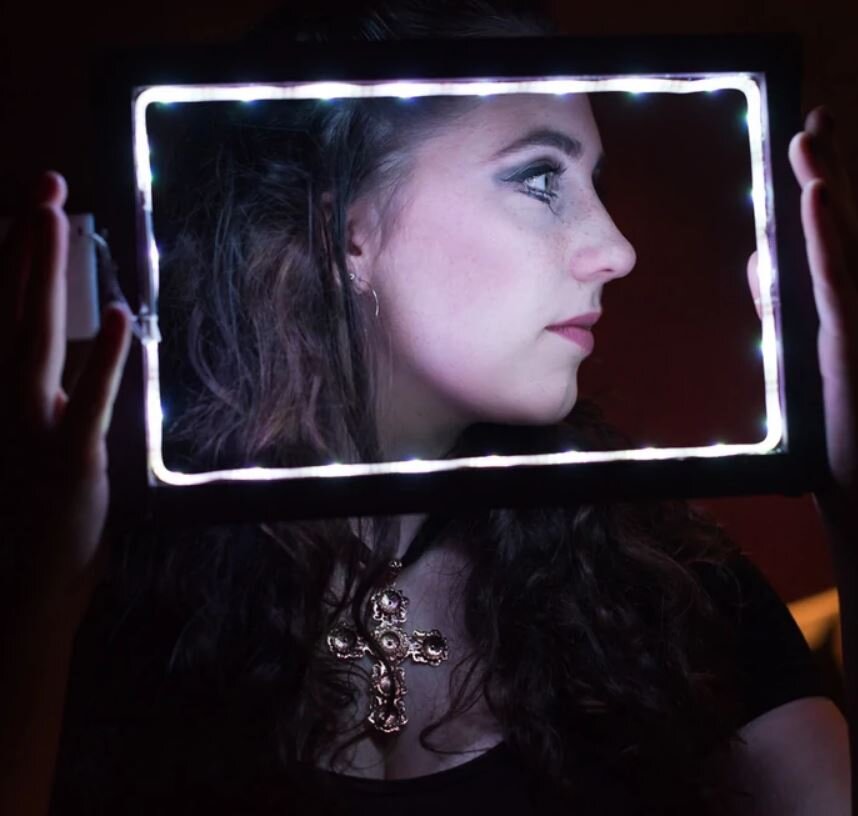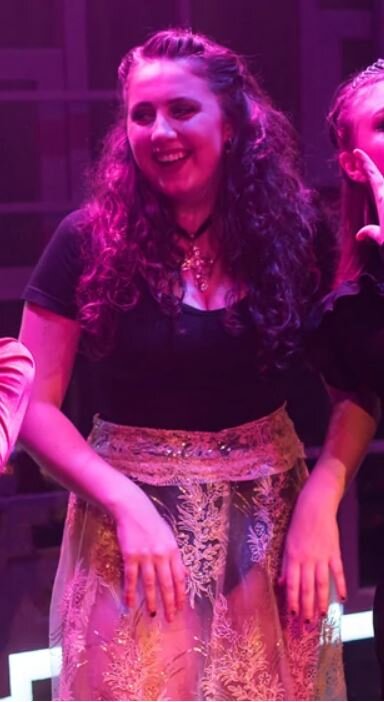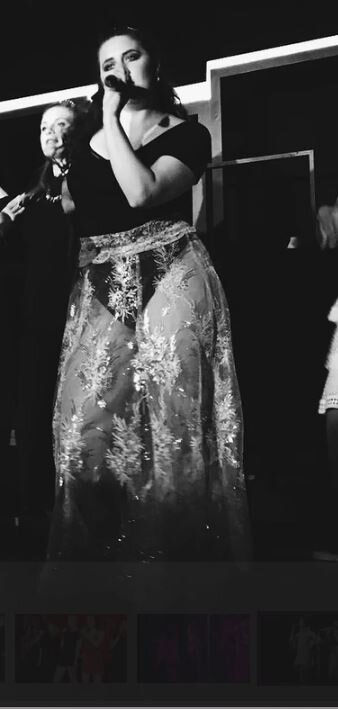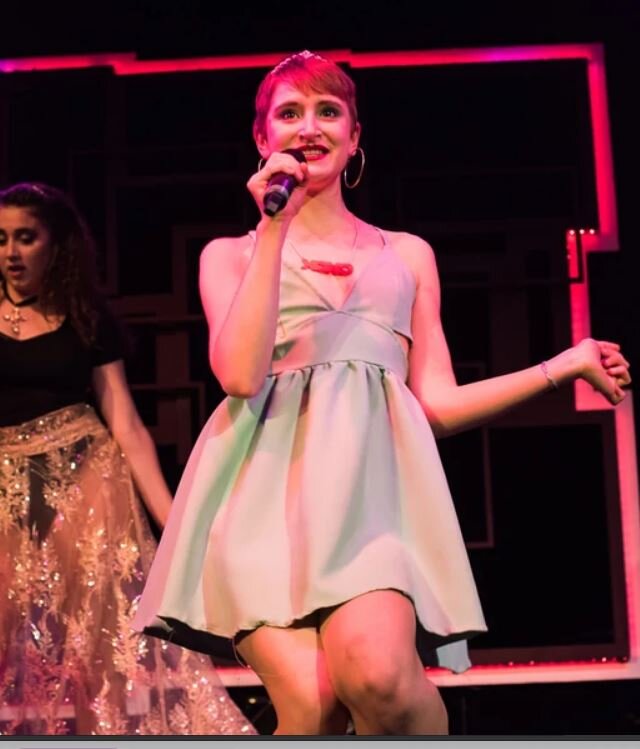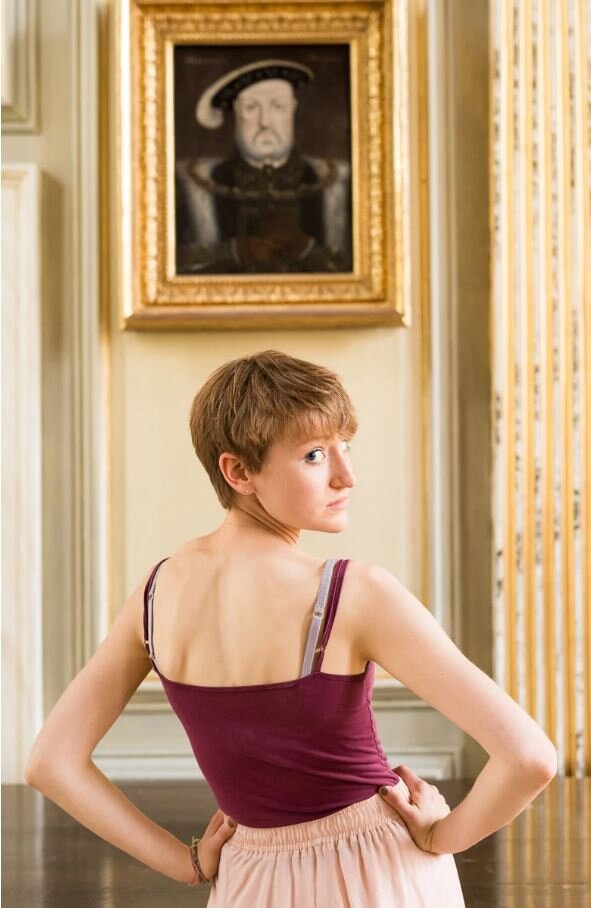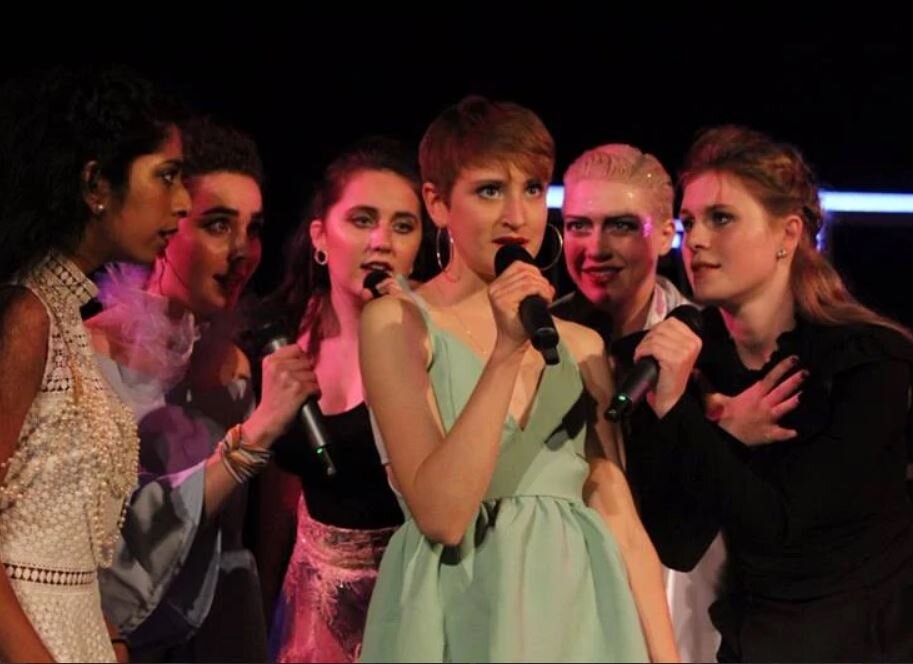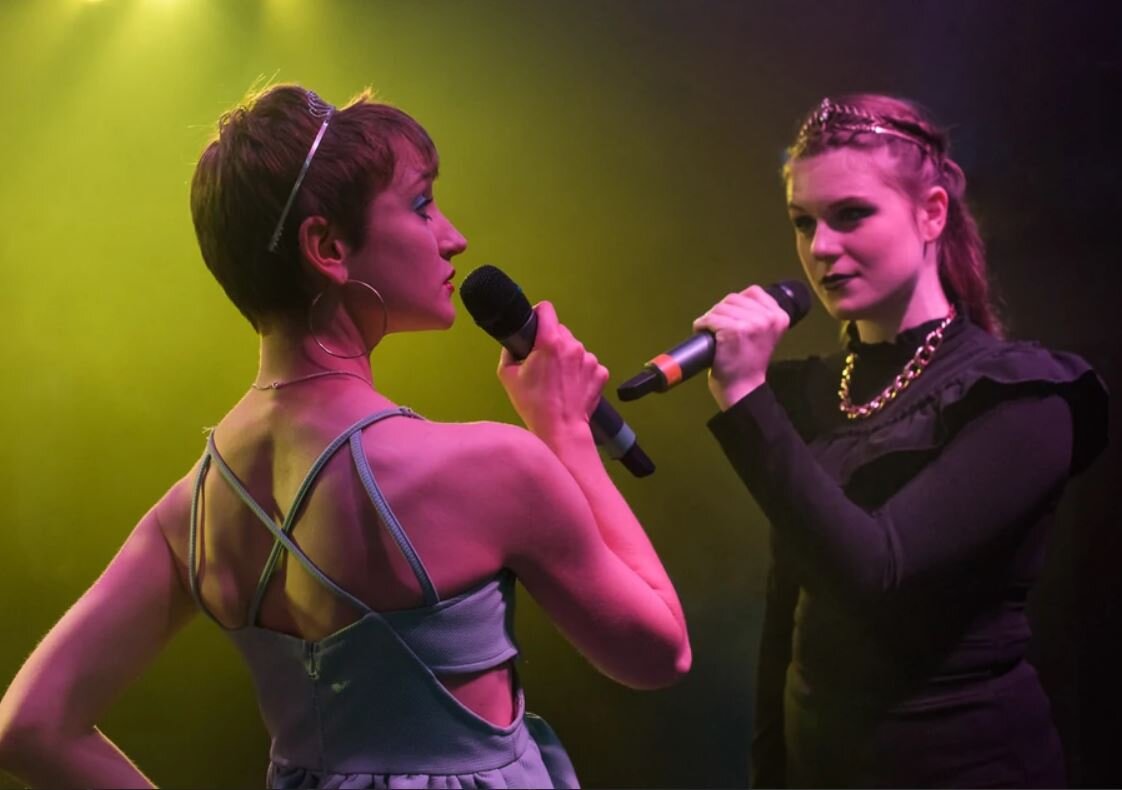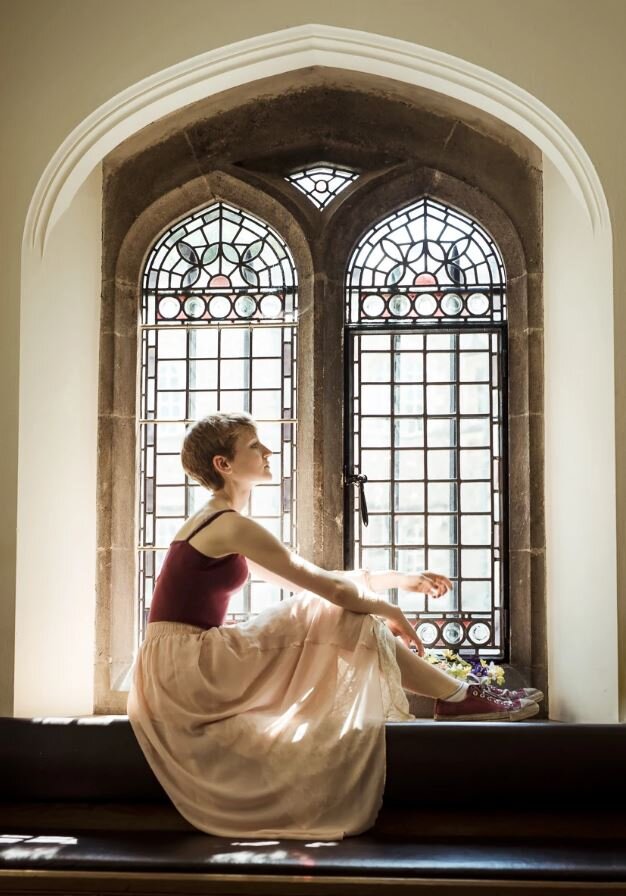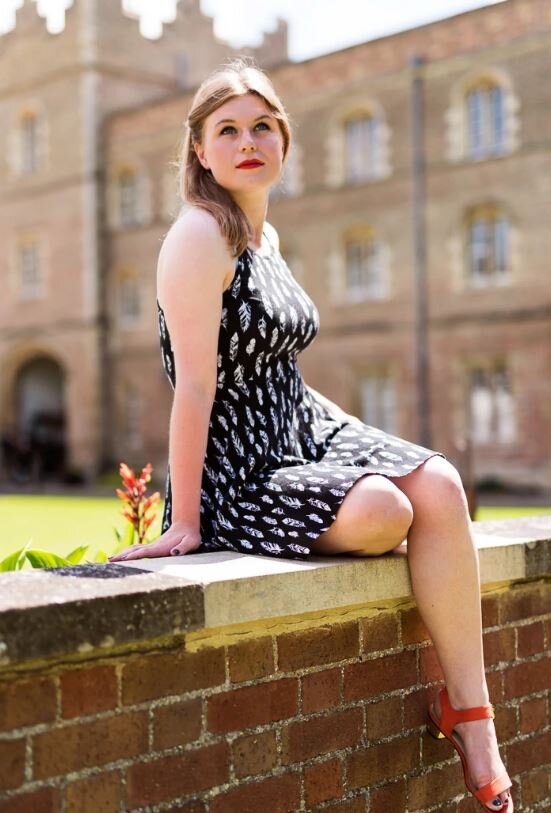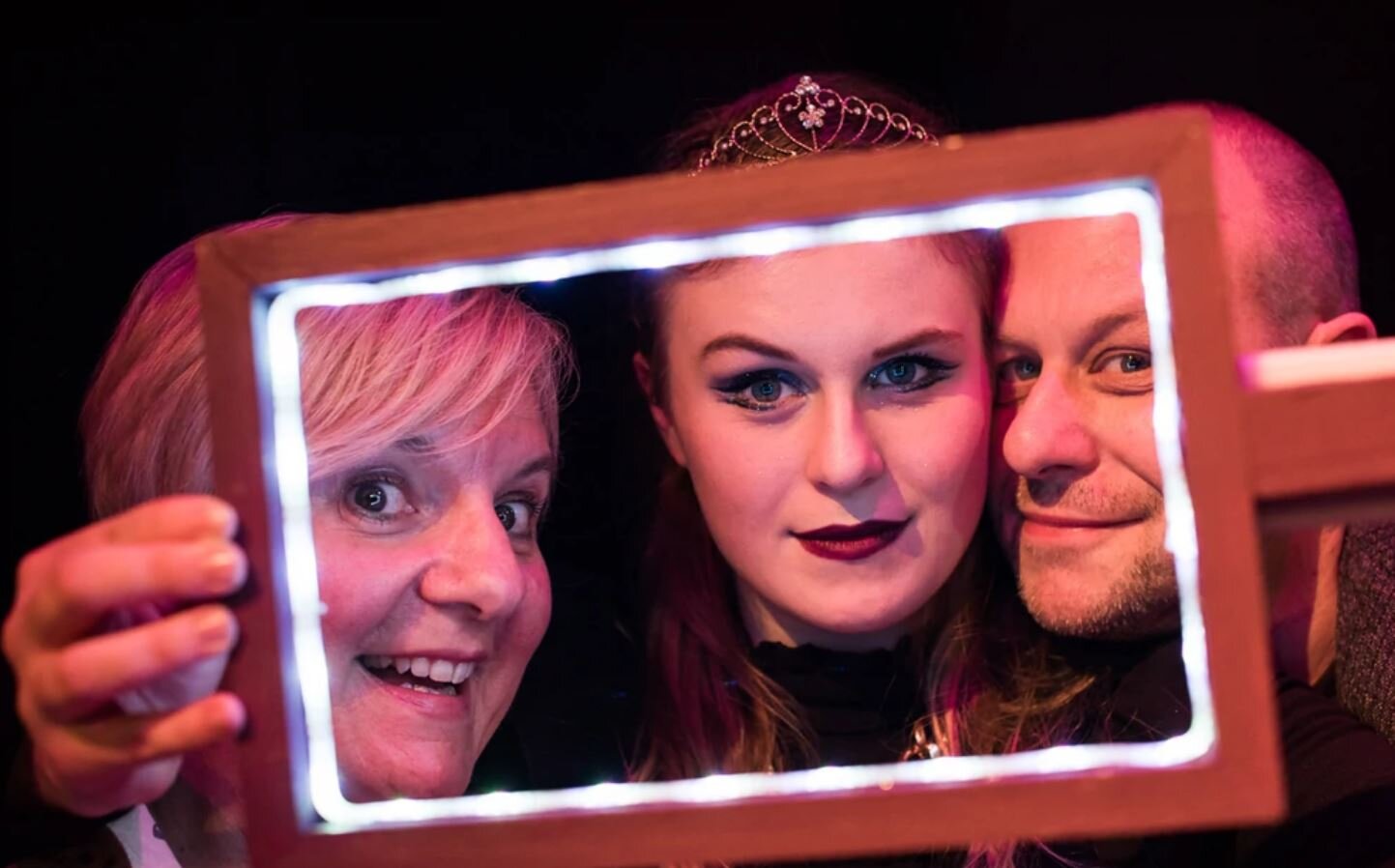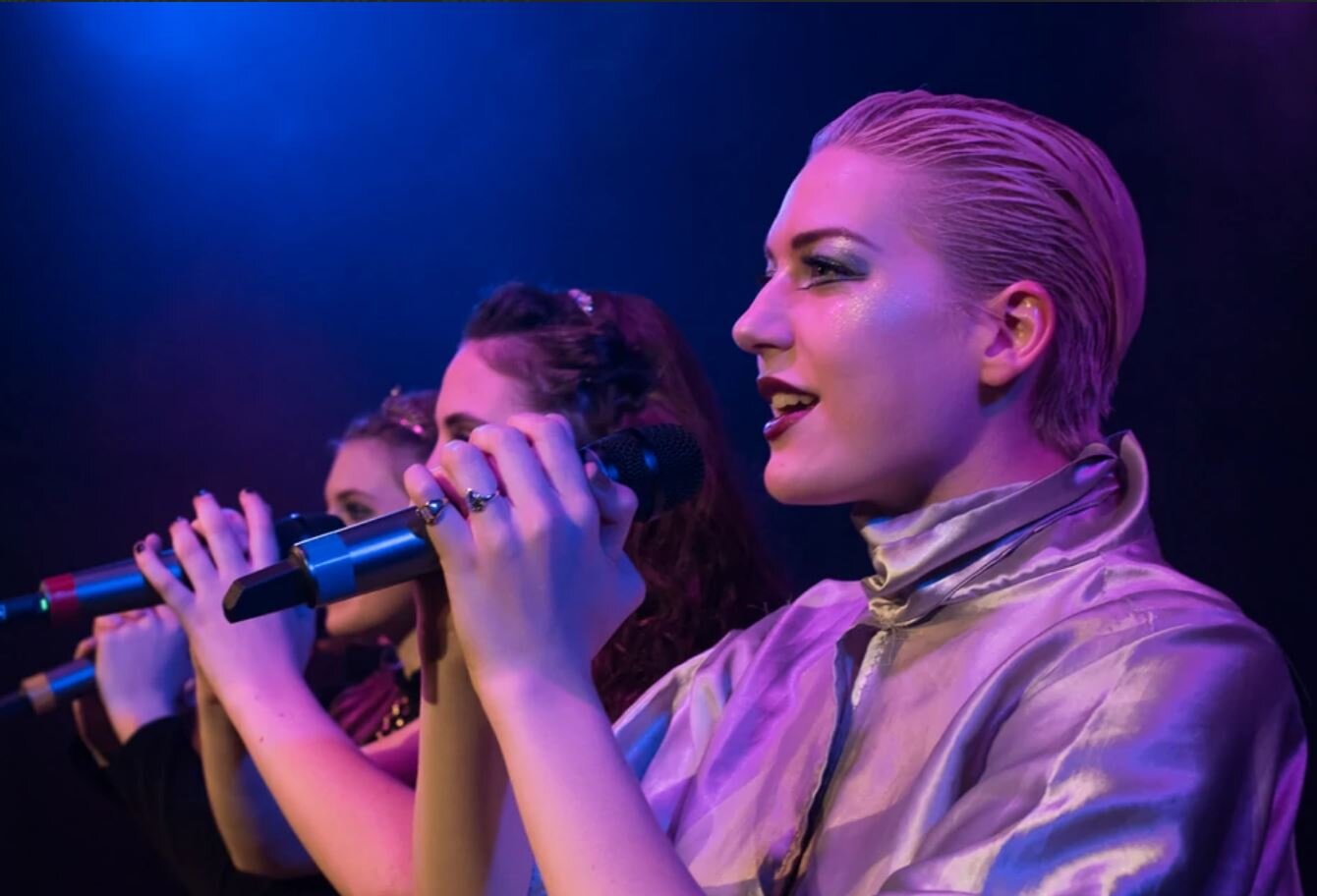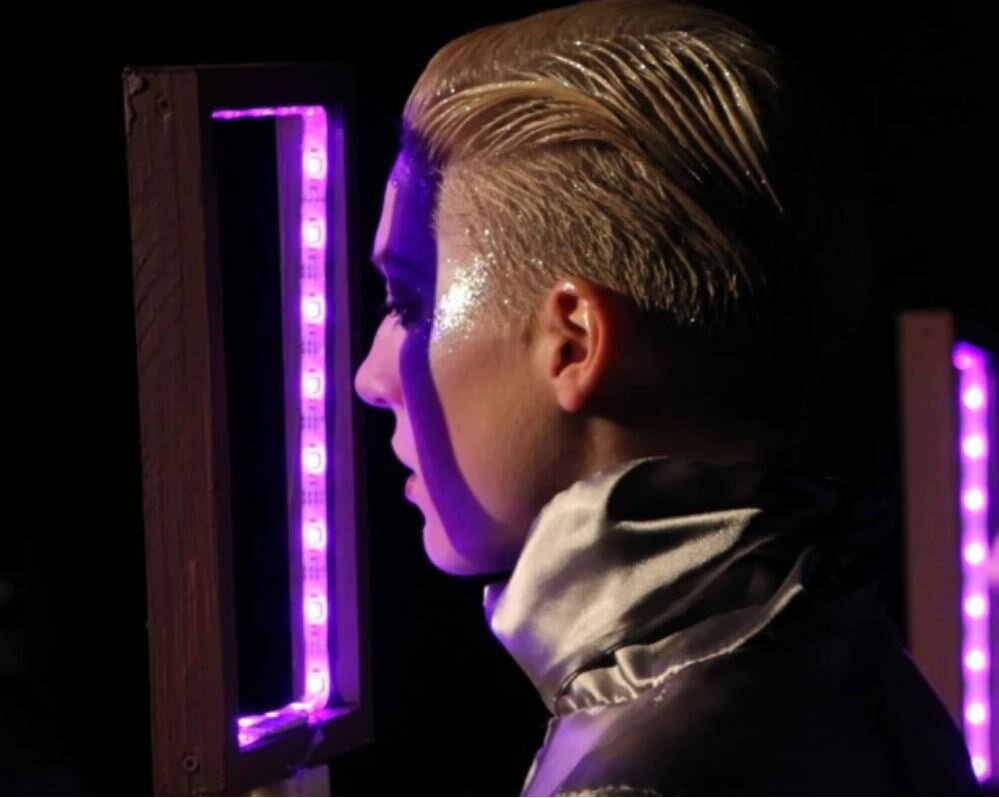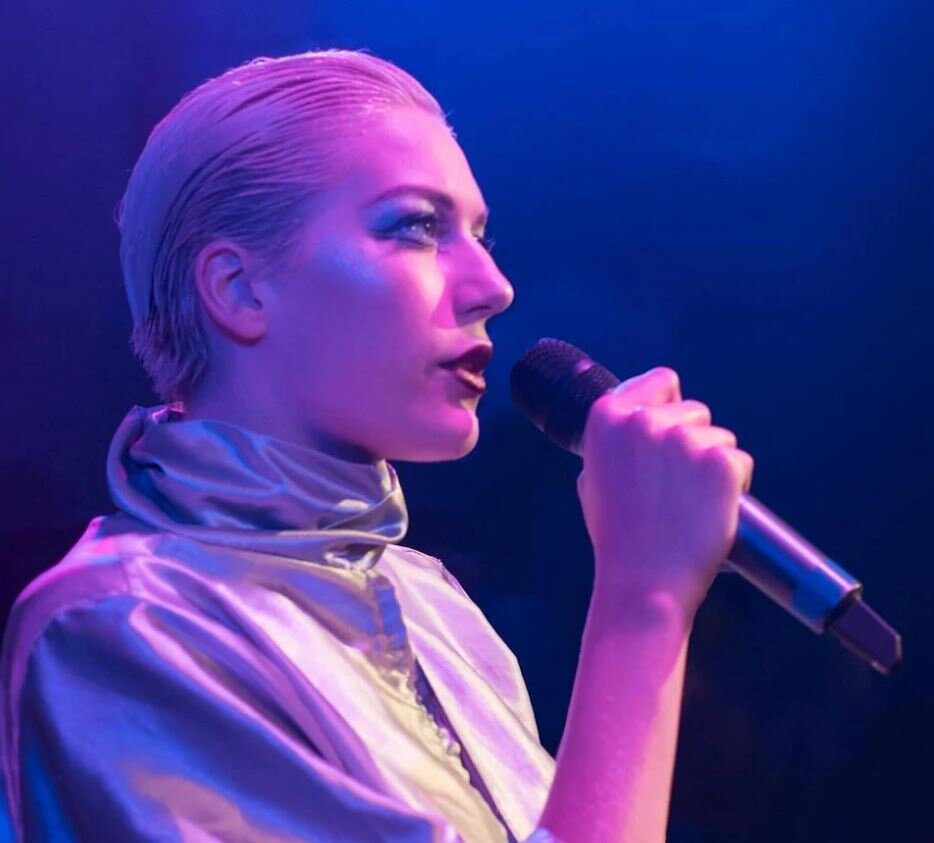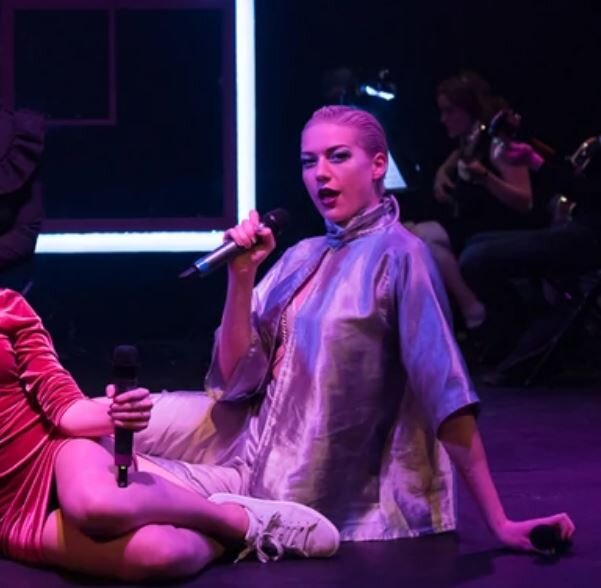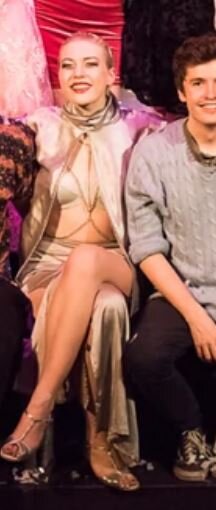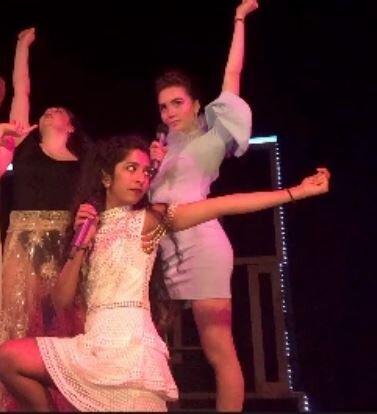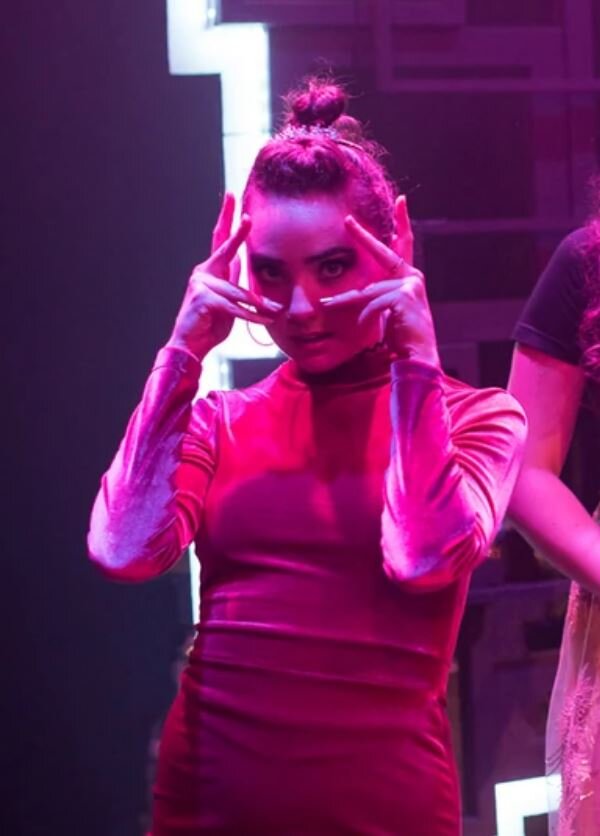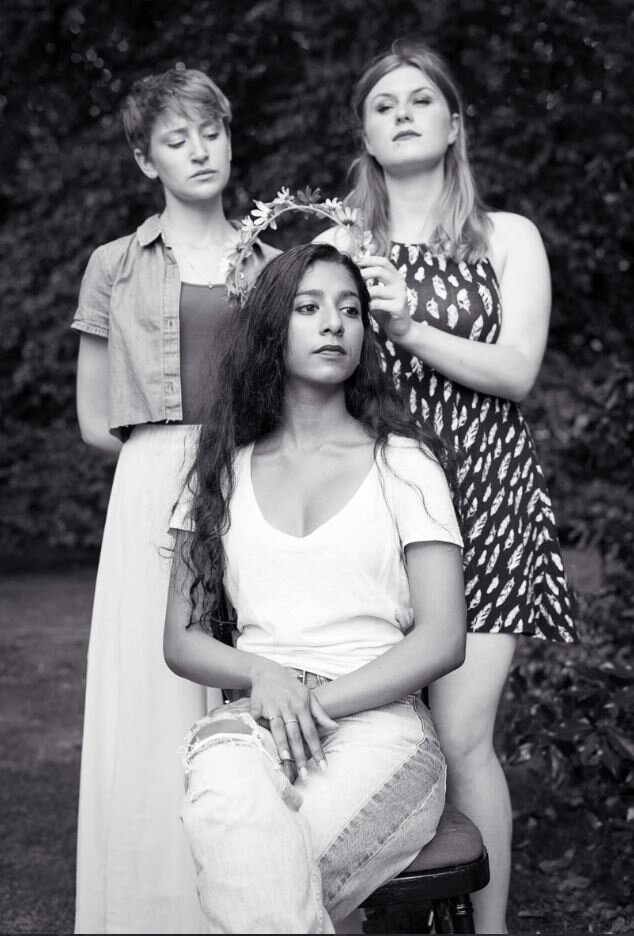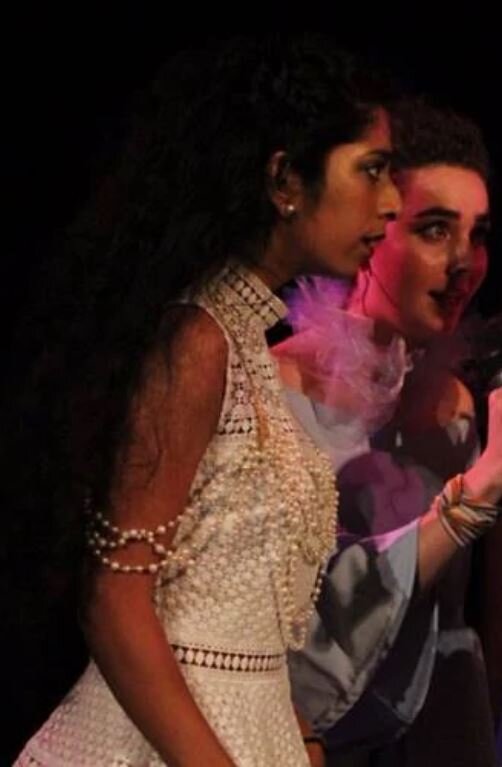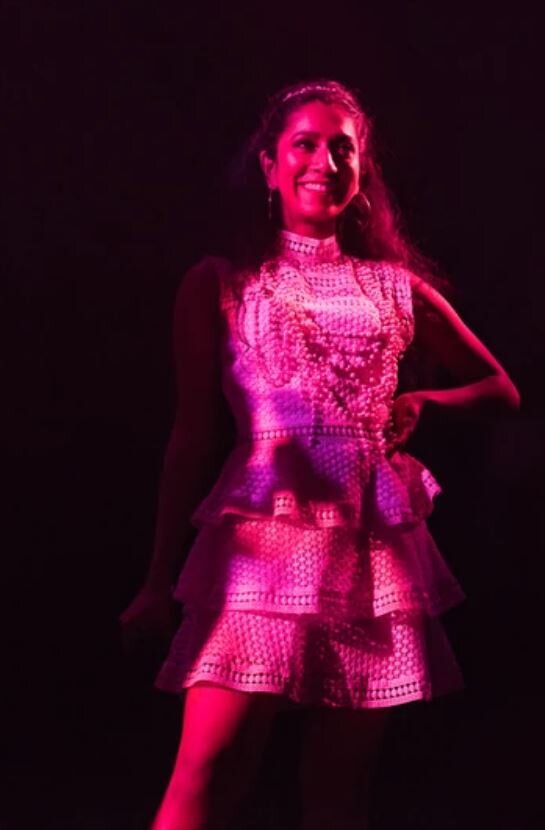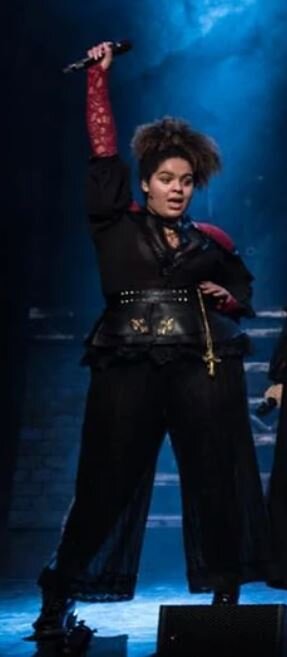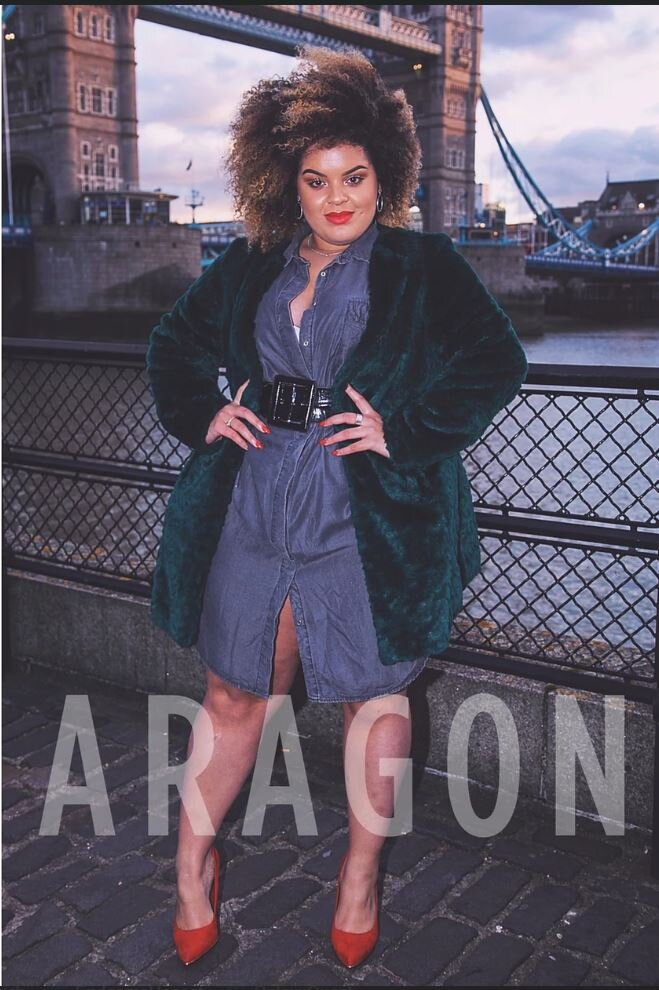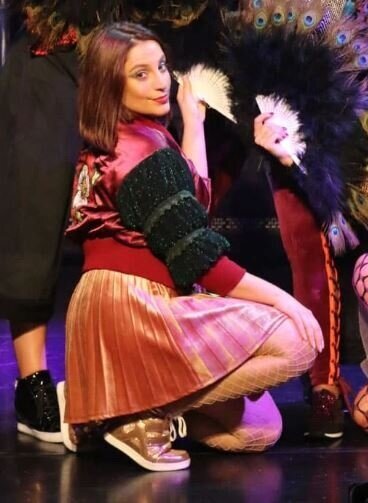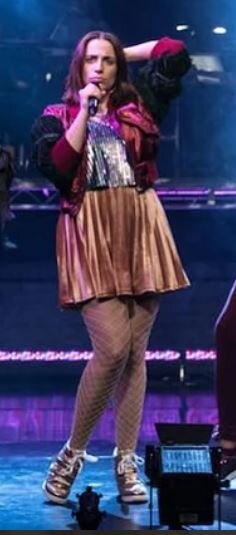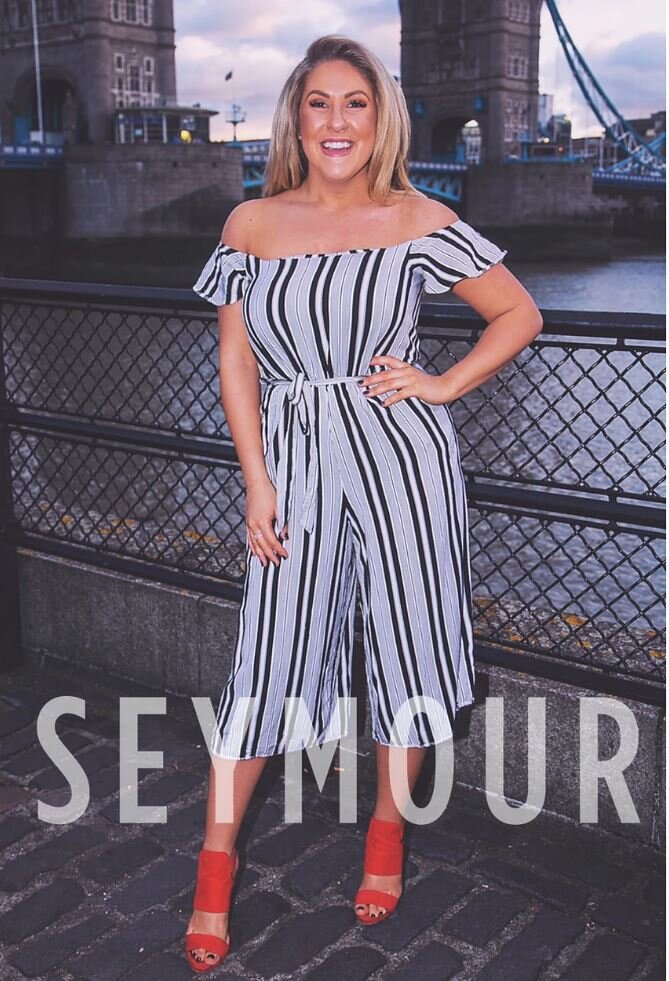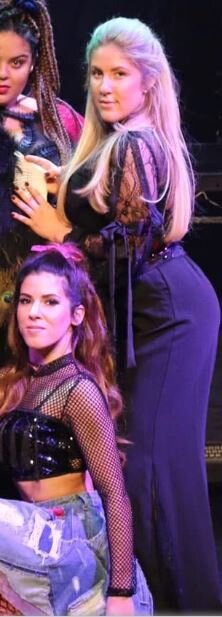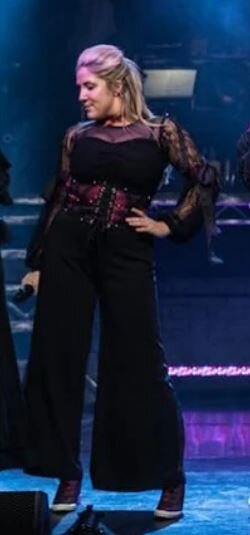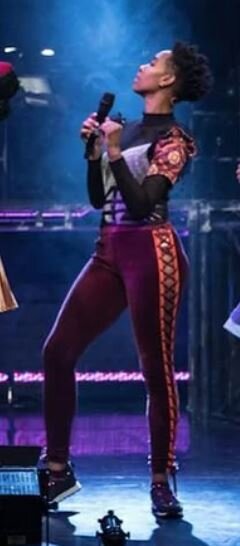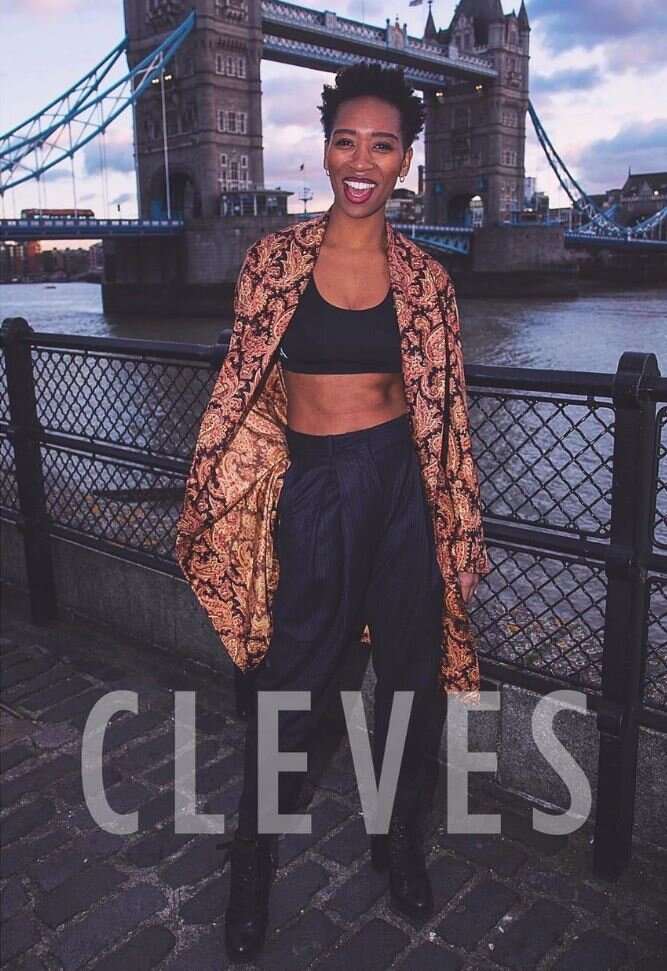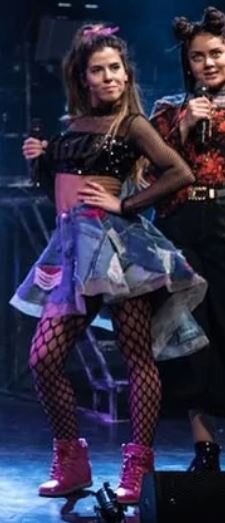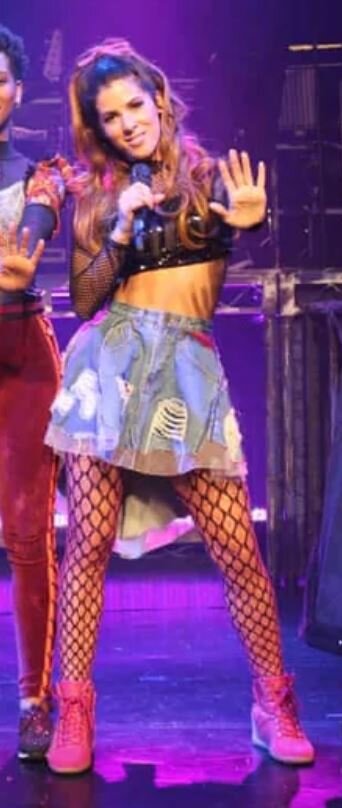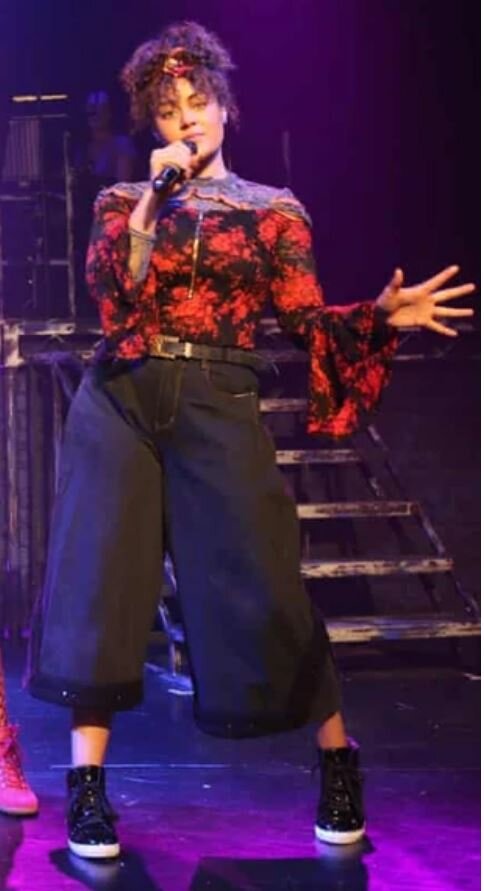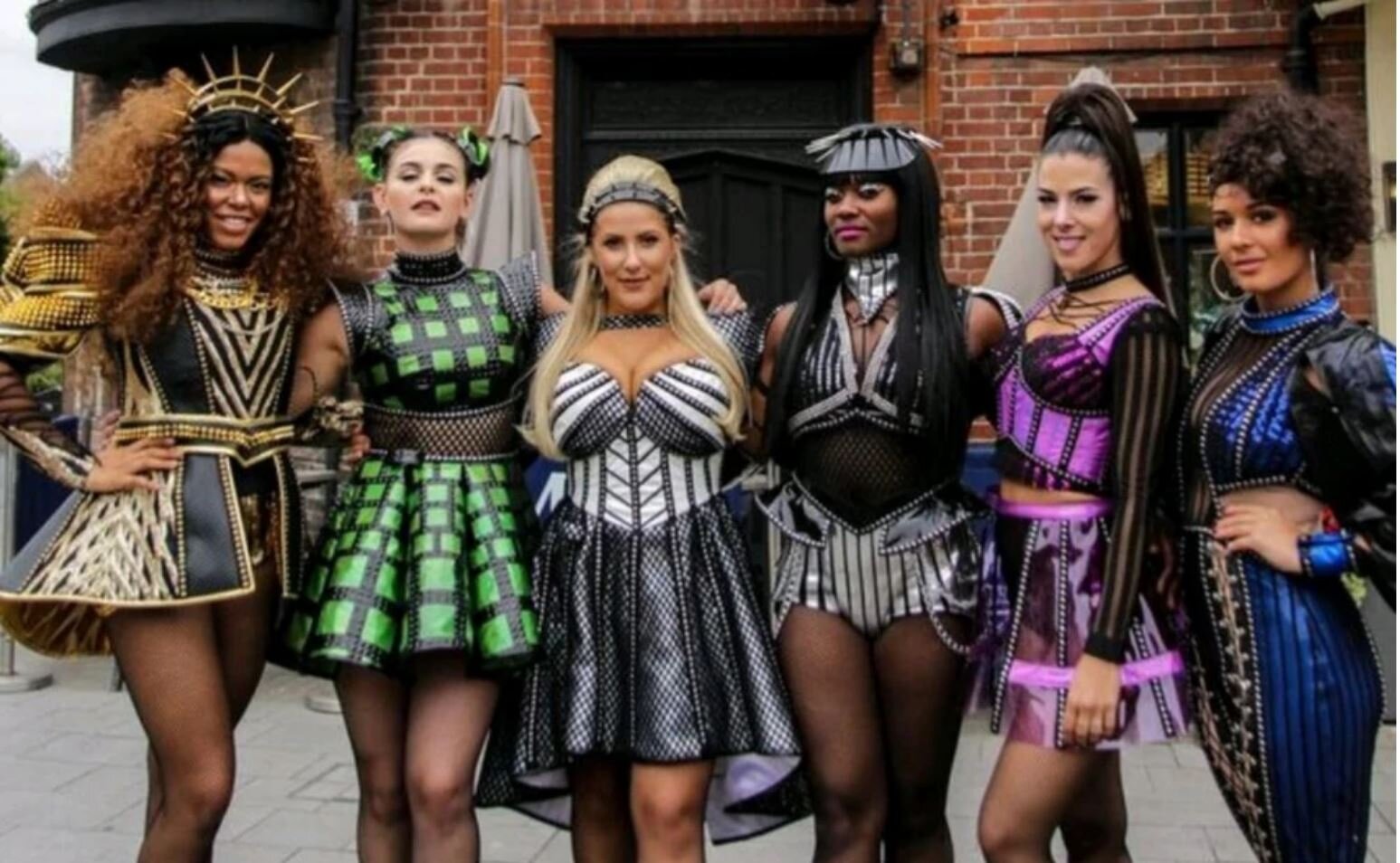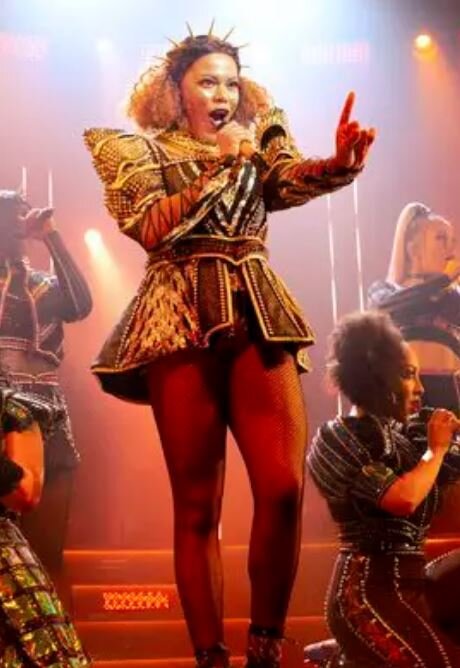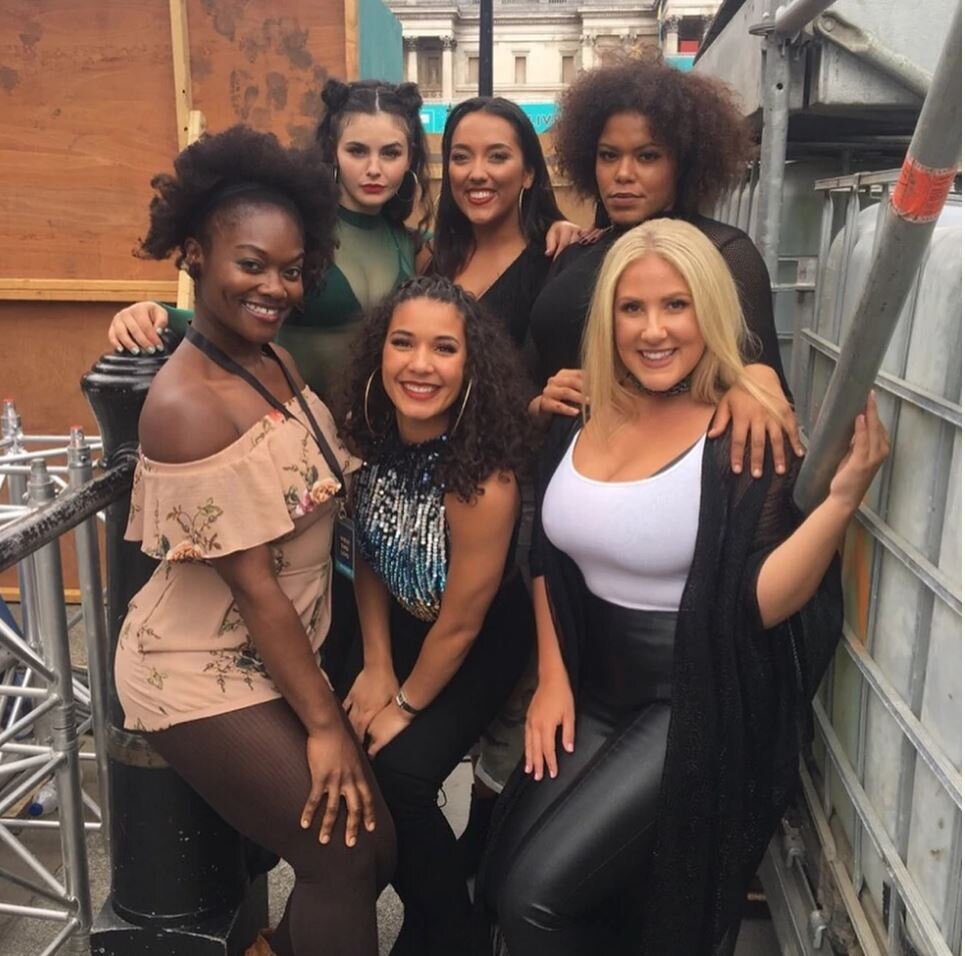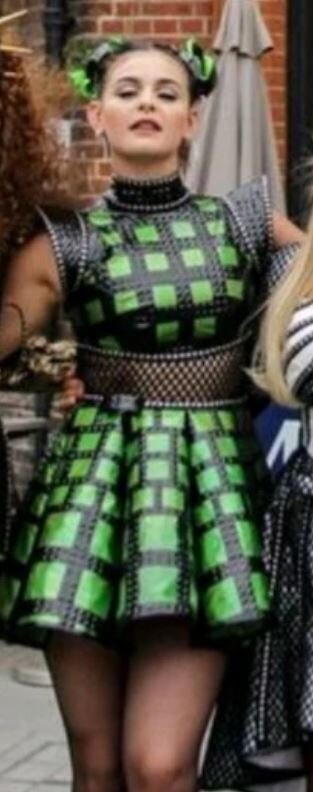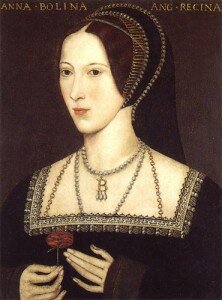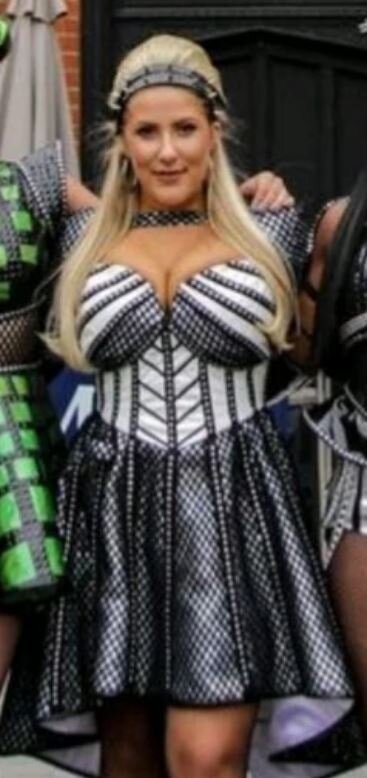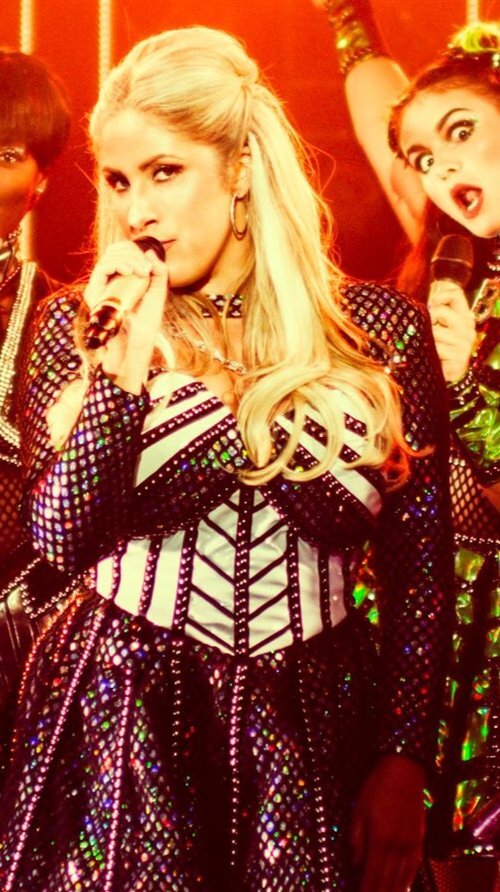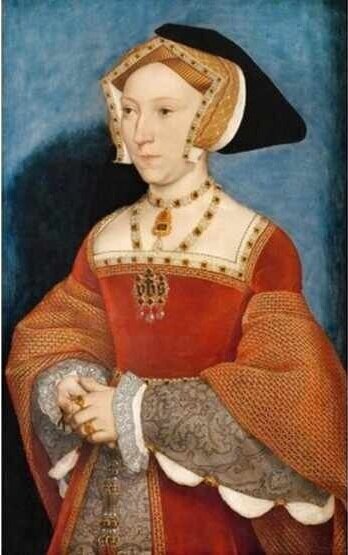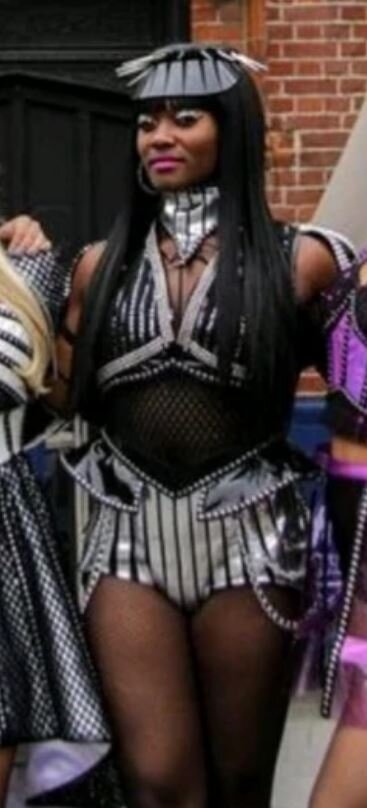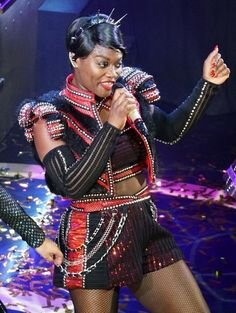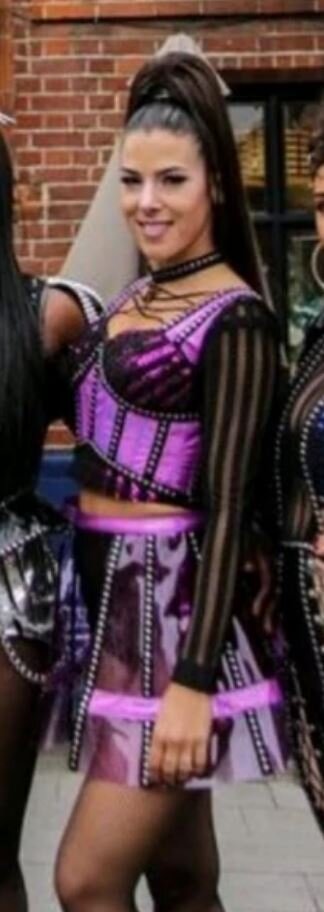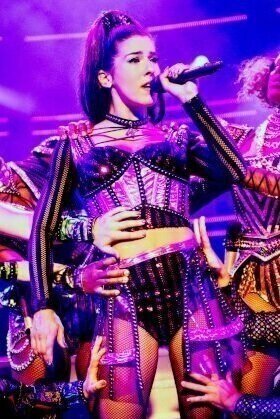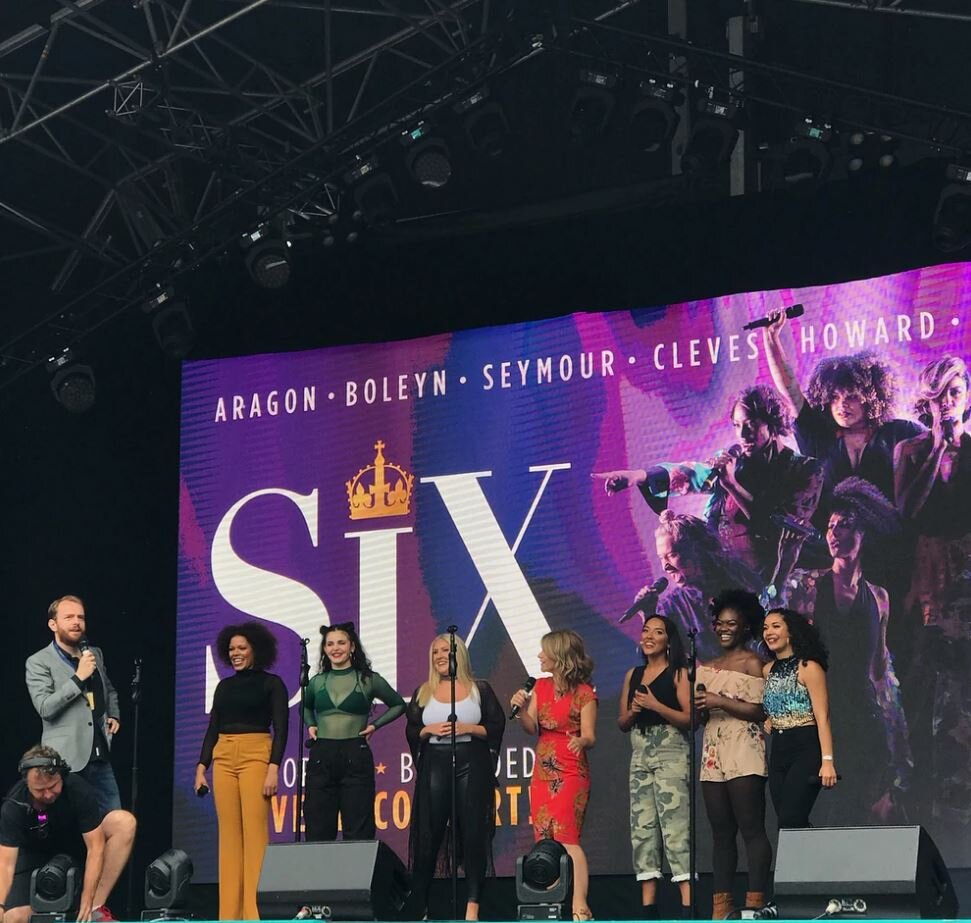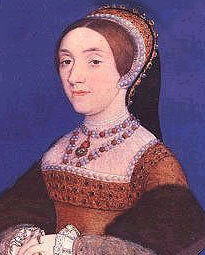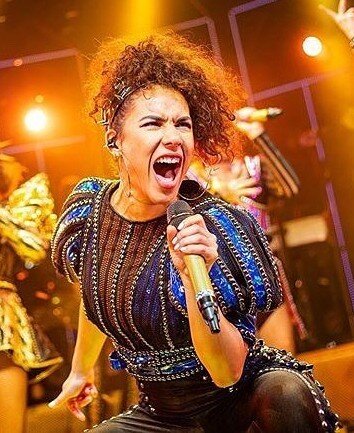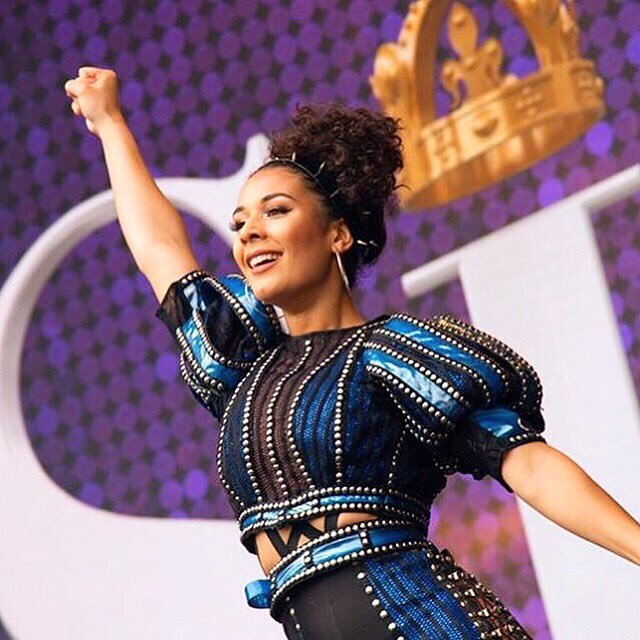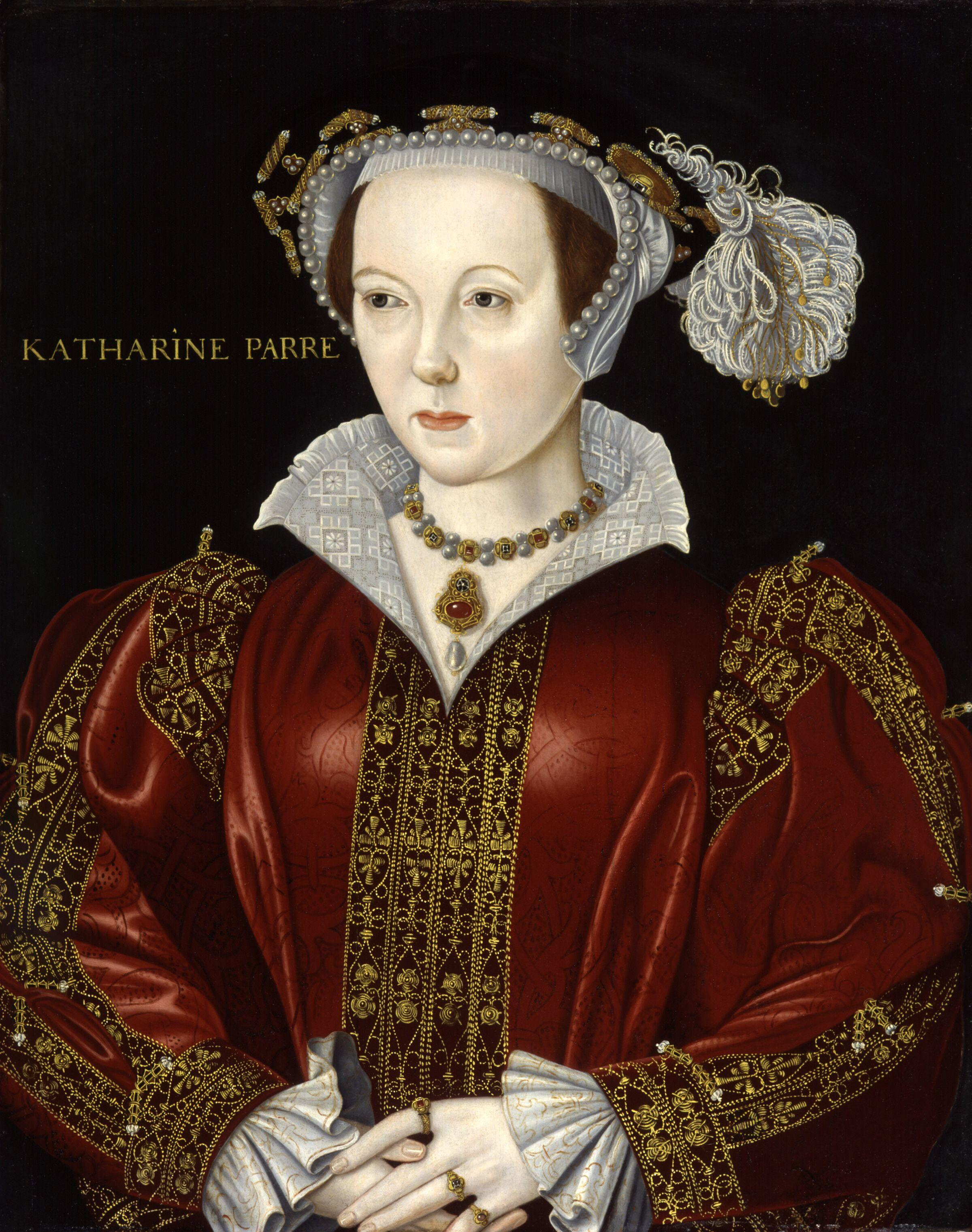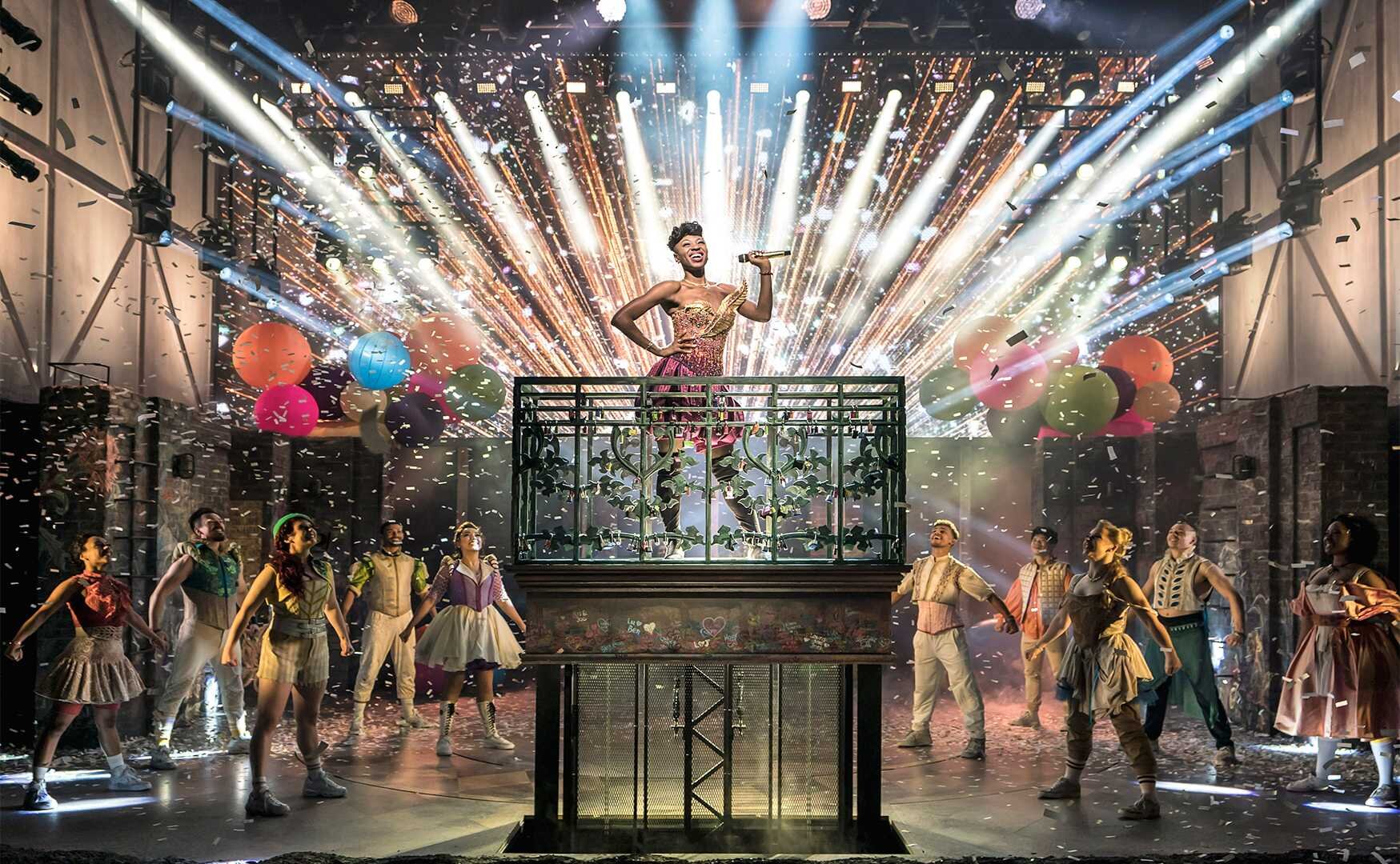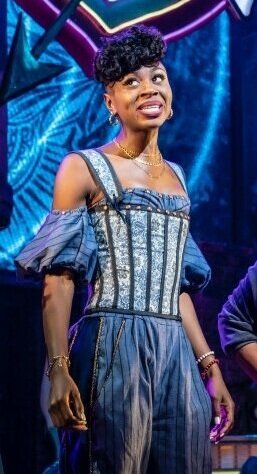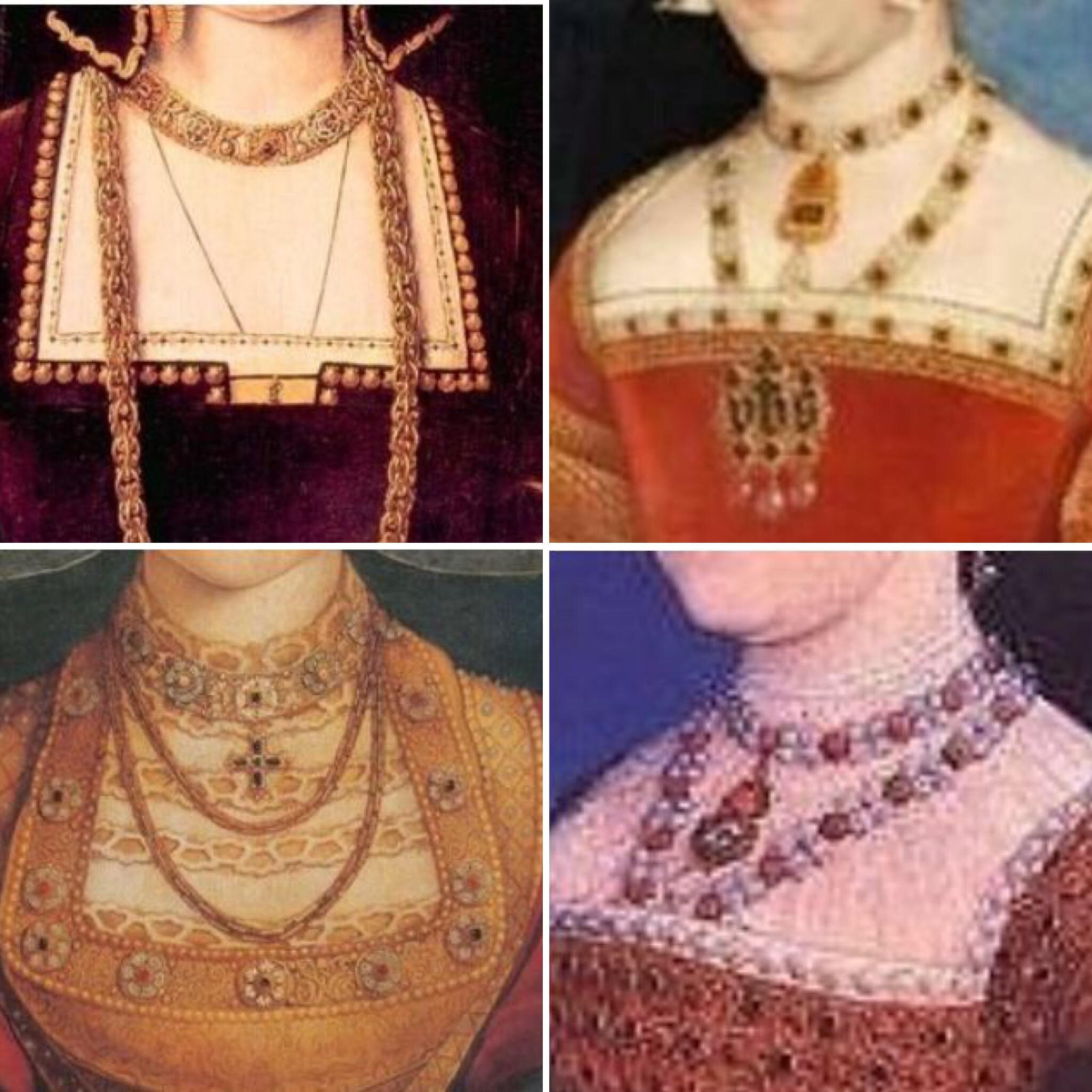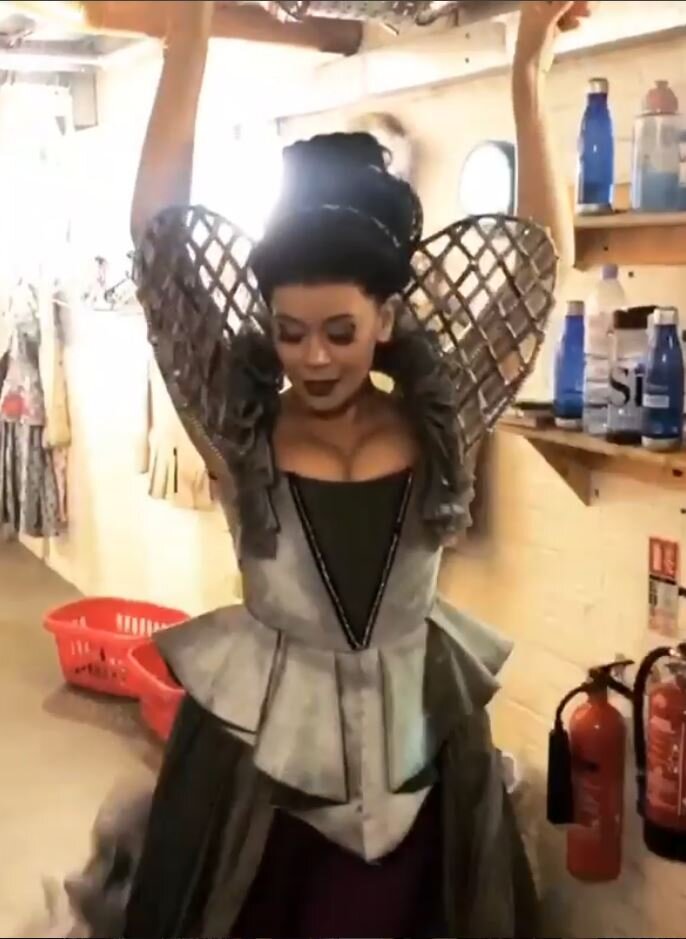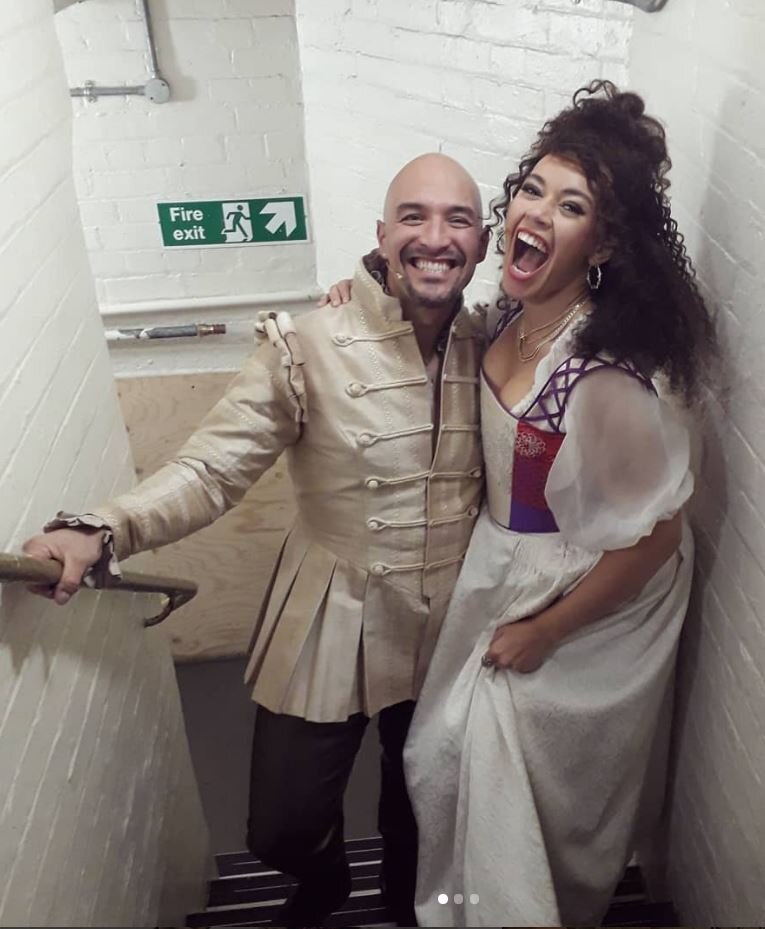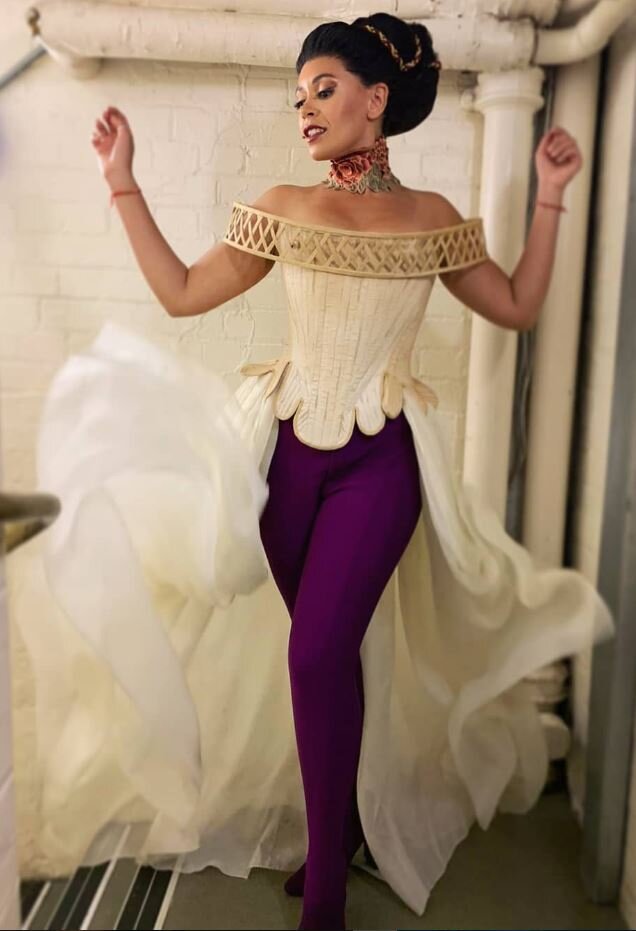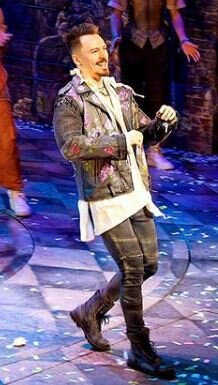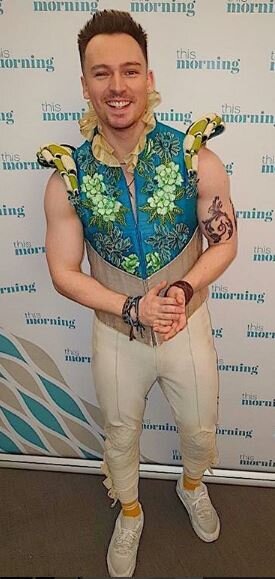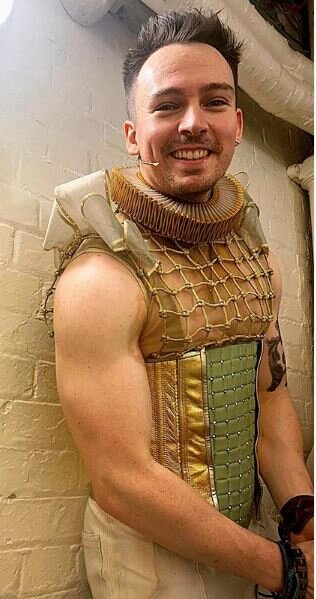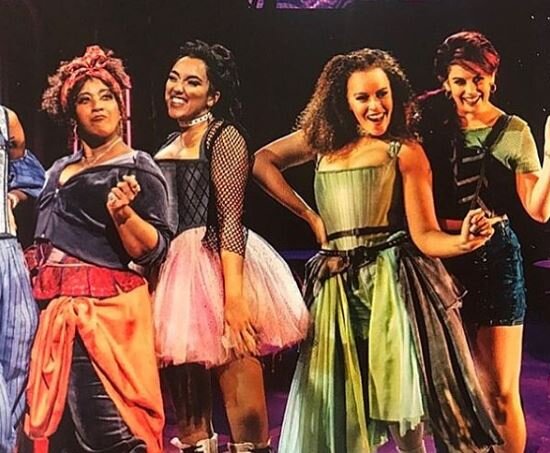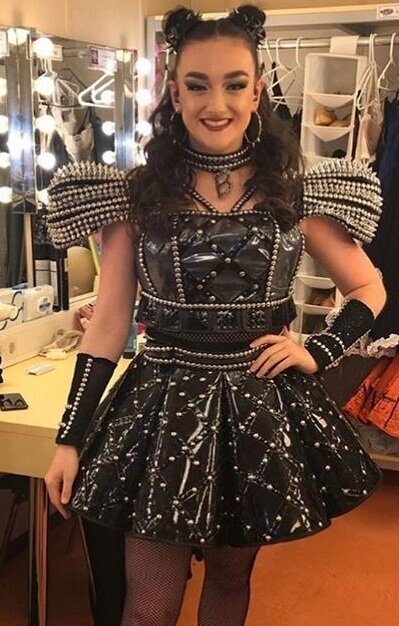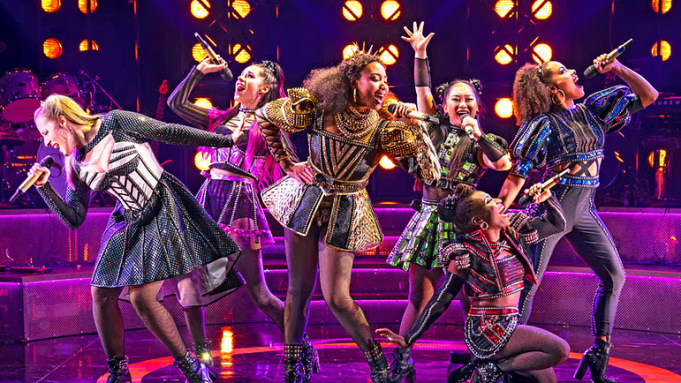Over-Analyzing All the References in Six: "Heart of Stone"
All My Six Posts!
Over-Analyzing All the Historical References in Six- “Ex Wives,” “No Way,” “Don’t Lose Your Head” “Heart of Stone” “Haus of Holbein” “Get Down”
The Tudor Crown Inspiration in Six’s Logo; The Tudor Fashion Elements of the Costumes in Six (with Painting References)
Six the Musical Wives 1-3: Historical and Modern Costume Inspirations; Six the Musical Wives 4-6: Historical and Modern Costume Inspirations
The Ladies in Waiting of Six: Historical Inspirations and Costumes; Details from Six Costumer Gabriella Slade’s Instagram Takeover
The Early Costumes of Six the Musical: From Edinburgh to Cambridge to London
Updated Six the Musical Costumes for Broadway!; The Shoes of Six the Musical
The Alternate Costumes of Six the Musical; How the Six Alternates Change Their Styling for Each Queen
Virtual Dance Workshops and Q&As with Different Six Cast Members!
I’ve been meaning for a while now to write out analyses of all the songs in Six, looking at all the historical and pop culture references in them, but i’ve had a lot of trouble finding the focus and motivation to do so during all this self isolation. I started this series in like….April? But here we finally are. Hope you enjoy it. I plan on putting up one for each song, hopefully at least one a week for a while. I need a purpose!
Today, we’re looking at Jane Seymour’s featured song - Heart of Stone. This is a slow, evocative song in the style of Adele and the only ballad in the show. I don’t have a TON to say about the history here because it’s mostly just metaphors without much actual historical content.
Dialogue and lyrics in the show are in bolded font and my commentary is in italics. :) A lot of times, it’s really not relevant who said what line of dialogue, but I’ve inserted the queen’s name if it is.
An early photo of the Six queens on the West End, with Jane Seymour (played by Natalie Paris) front and center, by Idil Sukan.
Sketch of Jane Seymour, Hans Holbein the Younger ~1536-1537
Jane: Anyways, I'm pretty sure it’s my turn next.
You! Queen, please!
Are you joking?!
Yeah, weren’t you the one he truly loved? [echoing Jane’s line in “Ex-Wives”]
Oh yeah, didn’t you give him the son he so desperately wanted?
Anne Boleyn: Yeah, like, I had a daughter and he literally chopped my head off.
Jane: Yeah, I know. I was lucky in so many ways. Well, I had a beautiful baby boy and Henry got his heir to the throne, so of course I was going to be the one he truly loved. But you know, if Edward had turned out to be a little baby Edwina, well, I know that his love wouldn’t have lasted.
As I mentioned in “Ex-Wives” - he concept that Jane Seymour was Henry’s favorite wife and “the only one he truly loved” was forwarded by Henry himself, but doesn’t actually track with his actions at the time. Jane DID give Henry his only surviving son, the one he had wanted for so many years, which is probably why he viewed her with such fondness in later years. She WAS the only one of his wives who was given a queen’s funeral. There are all sorts of stories about how Henry wore mourned for Jane for years, but in reality, the search for his new queen began shortly after Jane’s death (as is discussed in Haus of Holbein]. He wore black for three months after her death, but this was pretty typical for the time.
Anne Boleyn: Wow, yeah, what a stressful situation. I’ve never had anything similar happen.
Catherine of Aragon: Yeah, babe, do you have any idea?
Jane: Okay okay, look, you’re right. You’re so right! You queens kicked some major Tudor ass! And that’s what everyone wants to hear about. You know, like, girl power, woo! What I mean to say is that, I wouldn’t do any of that. Instead, I stood by him. It didn’t matter how many stupid things he did. I was there, by his side. And that’s… not because I was weak or scared. It’s because… I loved him. So, Henry…
Jane draws a sharp distinction between her and the other queens in her opening dialogue by referring to how powerful and kickass they were, while referring to herself only in terms of her love of Henry. This is probably a reference to the fact that while Henry’s first two wives, Catherine of Aragon and Anne Boleyn, were highly educated and strongly opinionated, Jane had a far more typical education for an English noblewoman of the time. She could read and write, but had really been trained more in tasks like, needlework and managing a household than in scholarly activities. She was described as very meek, sweet natured, and gentle. This probably highly appealed to Henry after dealing with his strong-willed first and second wives. She took the motto “Bound to obey and serve” upon their marriage and by all accounts, held to that.
You’ve got a good heart, But I know it changes. A restless tide, untameable.
You came my way, and I knew a storm could come too. You’d lift me high or let me fall.
But I took your hand, Promise I’d withstand any blaze you blew my way.
‘Cause something inside, it solidified. And I knew I’d always stay.
This first verse and how it’s talking about Henry as a “restless tide” and an unpredictable “storm” can be interpreted to refer to the tumultuous start to their relationship, which appears to have started while Henry was still married to Anne Boleyn. Jane took a cue from Anne Boleyn in her approach to Henry; when Henry showed interest in her, she refused his sexual advances and his offer of gold coins as a gift. This outward show of morals apparently impressed Henry. Henry was betrothed to Jane a day after Anne’s execution in May 1536 and married her less than two weeks after the execution.
Jane served as a maid-of-honour to Catherine of Aragon and Anne Boleyn, so she had been around court since at least 1532, and possibly as early as 1527. She knew very well how Henry had treated his first two wives, and how poorly both of their lives had ended as a result. The “storm” was a very very real concern for her.
“But I took your hand, Promise I’d withstand any blaze you blew my way.” - This, of course, refers to their wedding vows, recited during the couple’s handfasting, or joining of hands. This was a remnant of medieval times, when couples could actually just get married by joining their hands and vowing that they were married before witnesses, without involving the church at all. The vows during Tudor times would have been very similar to today’s traditional vows (we know this because we have actual documentary records of the vows that Henry and his later wife, Katherine Parr, exchanged, from the king’s prothonotary, or principal clerk of court).
Henry: "I, Henry, take thee to be my wedded wife, to have and to hold from this day forward, for better for worse, for richer for poorer, in sickness and in health, till death do us part, and thereto I plight thee my troth."
Jane: "I take thee, Henry, to be my wedded husband, to have and to hold, from this day forward, for better for worse, for richer and poorer, in sickness and health, to be bonny and buxom, in bed and at board, till death do us part, and thereto I plight thee my troth.”
This song uses a lot more imagery and a lot fewer historical and pop culture references than most of the other Queens’ songs. This is likely because we really don’t know that much about Jane. We don’t know her birth date and she wasn’t particularly notable or well known before her marriage to Henry. Most of the descriptions of her during her time as Queen focus on her meekness and gentleness rather than giving us much indication of her personality or thoughts. She unfortunately died too early for us to really know much about her. The fact that it took Henry until 1536 to notice her possibly indicates how quiet she really was. It may also indicate how enthralled and absorbed he was in Anne Boleyn, but realistically, he’d already had at least one affair during his marriage to Anne before falling for Jane.
Co-writer Lucy Moss has said in interviews that this was the hardest song in the show for them to write, and this lack of information explains why. The writers did a brilliant job covering up this blank page in history by characterizing Jane in the show as a motherly, awkward figure and by centering her song around the ballad, a genre which is traditionally pretty vague on details.
The motherly characterization does seem to be supported by some evidence actually. Jane specifically advocated that Henry’s 20-year-old daughter with Catherine of Aragon, Princess Mary,be brought back to court. She started quietly suggesting this before they were even married, and continued working on Henry until he agreed. She also may have had a role in bringing three-year-old Princess Elizabeth (Anne Boleyn’s daughter) back into Henry’s life as well, as she was invited back to court for Christmas 1536. We have no idea what her reasons are for this, but she clearly wanted the royal children back with their father (she also suggested that they be added back into the succession, but this wouldn’t occur until Henry’s last Queen, Katherine Parr, persuaded him to do). This is also supported by the fact that she came from a large family herself - she was the 7th of 10 children, including 6 boys. Her mother’s obvious fertility may have strengthened her appeal to Henry as well, since he was still on the hunt for a son.
The writers of Six addressed the incompleteness in the record of Jane’s life directly in her first solo line in the show, which says “But I'm not what I seem or am I? Stick around and you'll suddenly see more.” (in Ex-Wives, which I analyzed in depth here). It reminds me a lot of how other musicals have used creative storytelling to deal with blanks in history. What comes to mind first is “Burn” in Hamilton, which addresses the lack of documentary evidence of Hamilton’s love letters to Eliza by explaining that she burned them all after the incident of The Reynolds Pamphlet. “The Room Where it Happened” is another excellent example of this, as it’s all about The Compromise of 1790, which we only know about from Thomas Jefferson’s POV. We don’t /really/ know what happened there, and that song took that fact and made it into an acerbic, brilliant observation on the nature of politics (sidenote, this is one of my favorite musical songs ever, can you tell? It’s so jaunty that it takes a few listens before you realize how dark and pessimistic it really is).
I asked friends for more examples of songs in historical musicals that use creative methods to talk about historical knowledge gaps as well. My friend Megan suggested “Someone in a Tree” from Pacific Overtures, which is about Commodore Perry coming to Japan and the westernization of that country. In this song, supposedly Stephen Sondheim’s favorite of everything he’s written, two witnesses talk about the little they saw of the negotiations between the westerners and the Japanese, noting that there’s no official Japanese version of events and they don’t trust the westerner’s version.
CHORUS:
You can build me up, You can tear me down, You can try but I’m unbreakable.
You can do your best, But I’ll stand the test, You’ll find that I’m unshakable.
When the fire’s burnt, When the wind has blown, When the water’s dried,
You’ll still find stone. My heart of stone.
The imagery in this song is so dark and discouraging in a way. It’s a love song, but there’s an edge to it, which I imagine is quite intentional. “Heart of Stone” is used as a positive attribute for Jane’s steadfastness here, but throughout history, a heart of stone, or a hard heart, has always been referred to as a negative thing. This goes back to even Biblical times. Job 41:24 (ESV) says “His heart is hard as a stone, hard as the lower millstone.” The Rolling Stones song “Heart of Stone” talks about the singer’s life as a womanizer and how he won’t let a specific woman break his “heart of stone.” It shows up as the name of countless other songs, all about hard-hearted lovers.
So its use here is really quite …unusual. I feel like it might be an allusion to several complicated factors in her relationship with Henry. Her husband was terrifying and could kill her pretty easily, and she knew it. She may love him but she sure as heck didn’t have any choice in whether to marry him or not. It also may refer to the fact that Jane watched Anne get falsely accused and executed, then got engaged to Henry a day later and married him less than two weeks later. It really does take a heart of stone to go through with that after serving said mistress for several years.
This entire chorus also really characterizes her marriage to Henry as a struggle and a battle, which adds a very sad undertone to it all.
The Family of Henry VIII c. 1545, unknown artist (previously attributed to Hans Holbein the Younger).
You say we’re perfect. A perfect family. You hold us close for the world to see.
Henry looked at Jane with a lot of fondness in later years. She was painted into a family portrait years after her death, even when Henry was married to other women, and Henry was indeed buried next to her when he died.
The above dynastic portrait of Henry VIII and his family was painted around 1545, when he had already been married to Catherine Parr for two years (and two years before his death). As you can see, Henry is front and center with his son and first heir, the future Edward VI, and Jane Seymour, who had been dead for about eight years at this point. His daughters Princess Mary (Catherine of Aragon’s daughter, on the left) and Princess Elizabeth (Anne Boleyn’s daughter, on the right side) stand on either side of the central arrangement. Furthest on the right is Henry VIII’s jester Will Somers (who had served the king for 20 years at the time of this painting and was apparently the only one who could lift Henry VIII’s spirits when he was troubled by his painful leg). The woman on the far left is unidentified, but may be Jane, a jester of Catherine Parr and later Mary I (possibly Anne Boleyn as well).
This family portrait of the Tudor kings was actually painted in 1669, long after all the Tudors had died. Clockwise from back left: Henry VII and Queen Elizabeth of York, Queen Jane Seymour, Edward VI, and Henry VIII.
And when I say you’re the only one I’ve ever loved, I mean those words to you fully.
But I know, without my son your love could disappear.
And no, it isn’t fair, But I don’t care. ‘Cause my love will still be here.
As I mentioned before, we really don’t know much about Jane, and unfortunately we really have no idea what she felt for Henry.
“Without my son your love could disappear” does seem like a pretty accurate statement. Henry started looking to annul his marriage to Catherine, his wife of 16 years, around 1525, when it became clear that she was past child-bearing age (her last pregnancy was in 1518). And after chasing Anne Boleyn for ~7 years before marriage, Henry began talking about divorcing her in Christmas 1534 (after around two years of marriage) after she’d had one girl (Elizabeth) and one miscarriage. His relationship with Jane Seymour was incredibly brief in comparison to his first two wives, as it appears that Henry’s interest first began in February 1536, they married in Mary 1536, and she died in October 1537.
CHORUS
Soon I’ll have to go. I’ll never see him grow.
Jane Seymour died shortly after giving birth to her son Edward, later Edward VI. She had a very difficult labor that lasted two days and three nights. Edward was born on October 12, 1537, and Jane lasted until October 24. Modern historians believe she probably died of either an infection from a retained placenta, puerperal fever following a bacterial infection, or a pulmonary embolism, but it’s hard to know.
If anyone ever tells you that she had a c-section and died of it, you should ignore then because they’re very very wrong. In renaissance England, c-sections were really only performed when someone had already died or was about to die and the baby had to be removed immediately. People just didn’t survive c-sections. An example of an actual c-section from that time period is the character of MacDuff from Shakespeare’s Macbeth, who was "from his mother's womb / Untimely ripped" (Act 5 Scene 10).
But I hope my son will know, He’ll never be alone.
‘Cause like a river runs dry And leaves its scars behind.
I’ll be by your side, ‘Cause my love is set in stone. ...Yeah!
I have nothing historical to examine here (I haven’t been able to find any discussion of Edward VI’s thoughts of his mother), so I’ll just mention one more possible “stone” reference. It was standard practice for Henry VIII to have his wife’s initials, arms, and badge carved in various of his palaces. Jane’s can still be found in Hampton Court Palace. You can also find a few examples of Henry’s initials intertwined with Anne Boleyn’s as well, as clearly some of these were missed in the hurry to erase Anne and put up Jane’s name.
Henry VIII’s arms combined with Jane Seymour’s arms at Hampton Court Palace.
Henry VIII’s coat of arms
Jane Seymour’s Coat of Arms
Several CHORUSES to the end
Jane: Because what hurts more than a broken heart?
-Anne slowly walks up to her.-
Anne Boleyn: Severed head.

